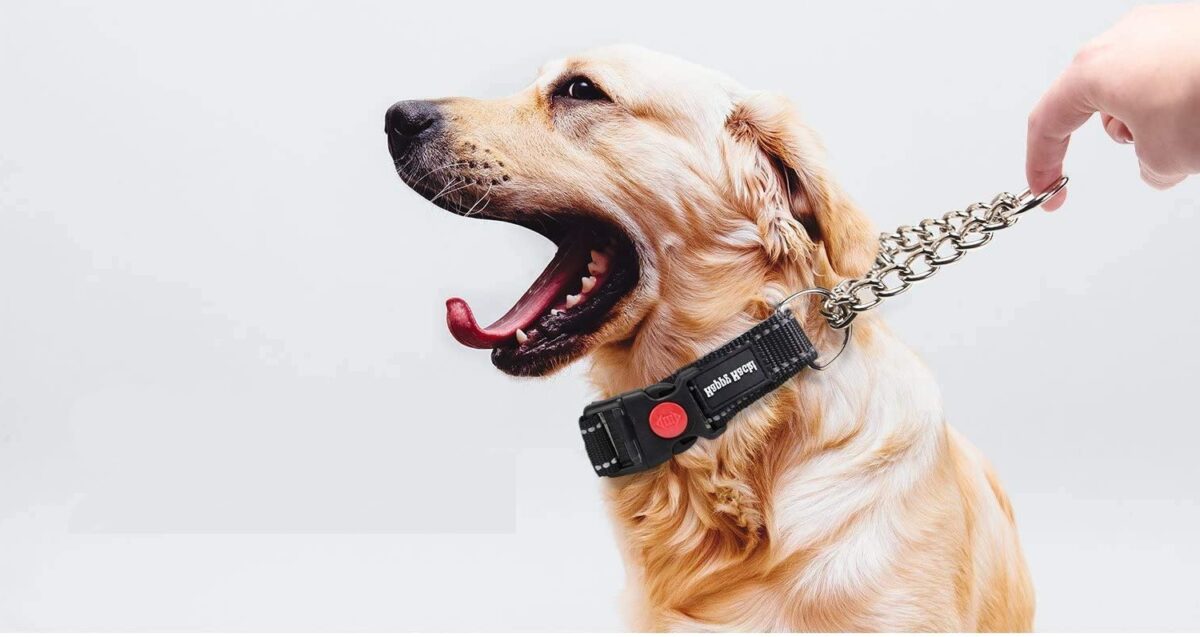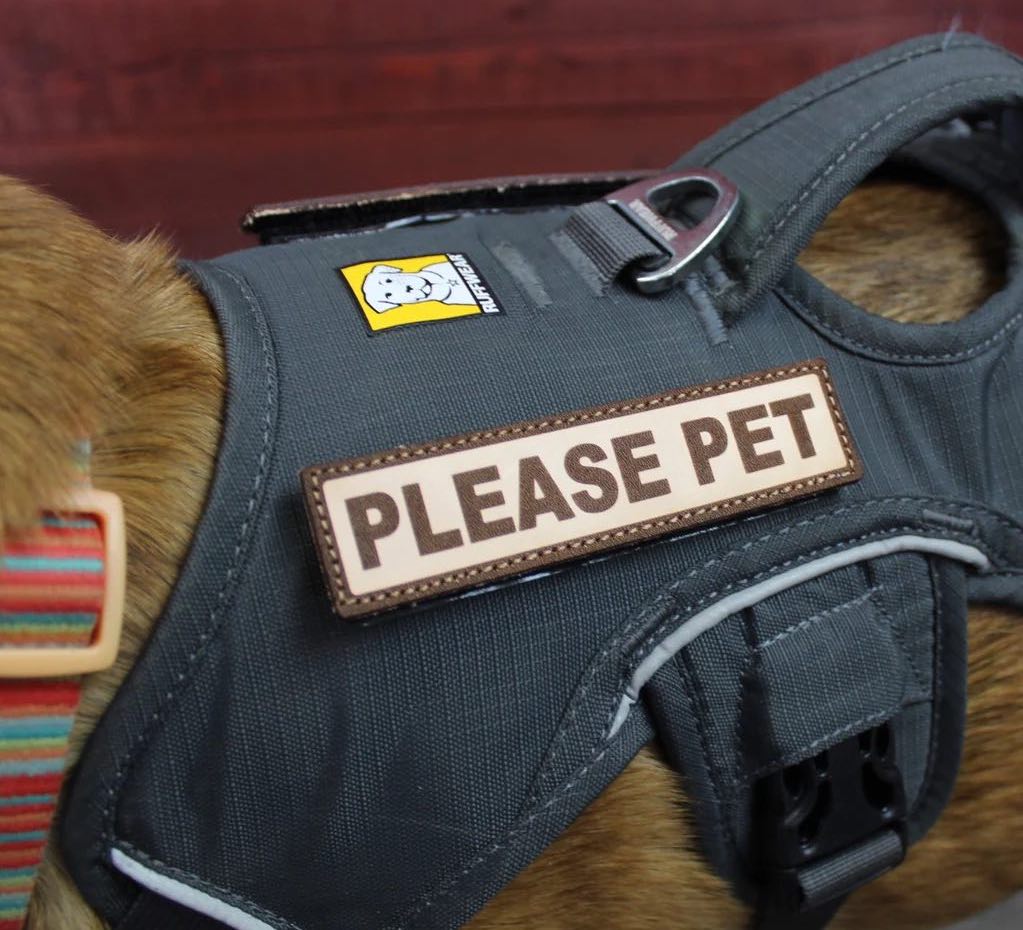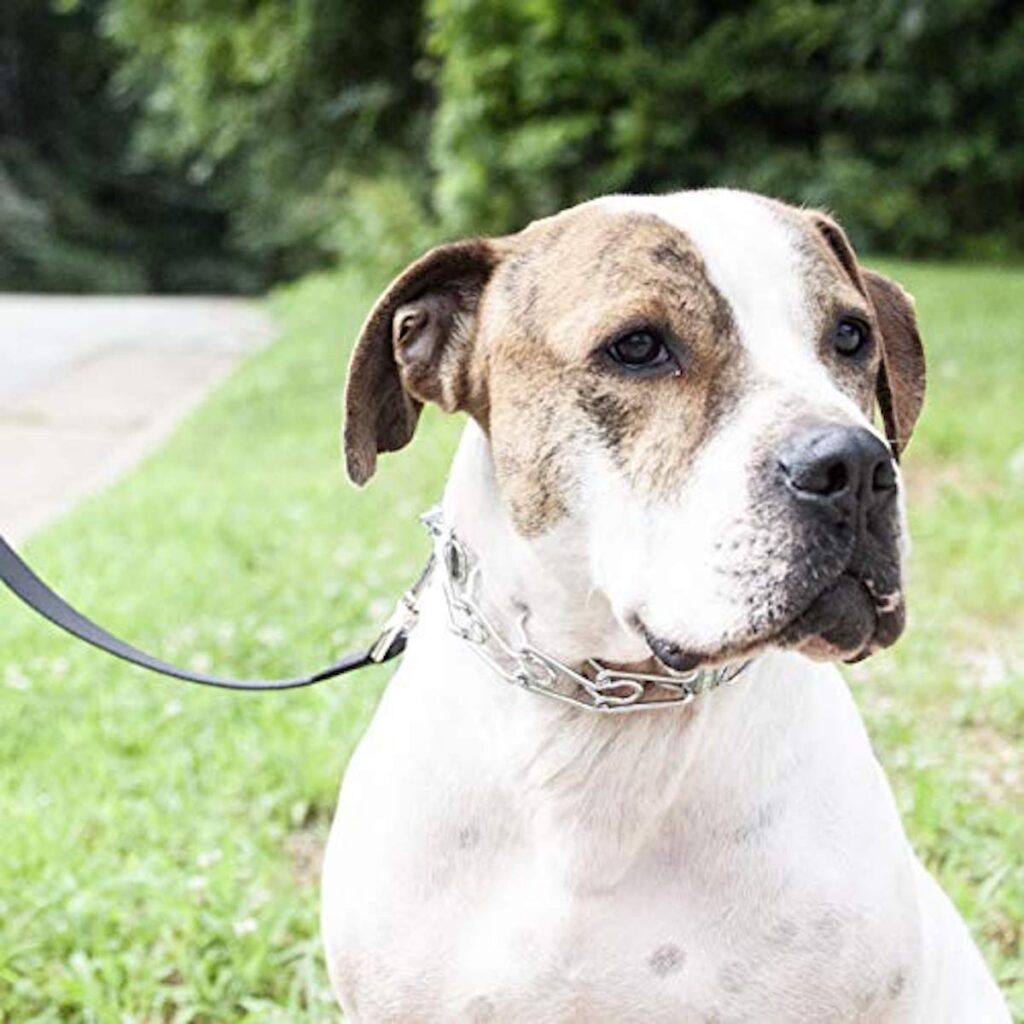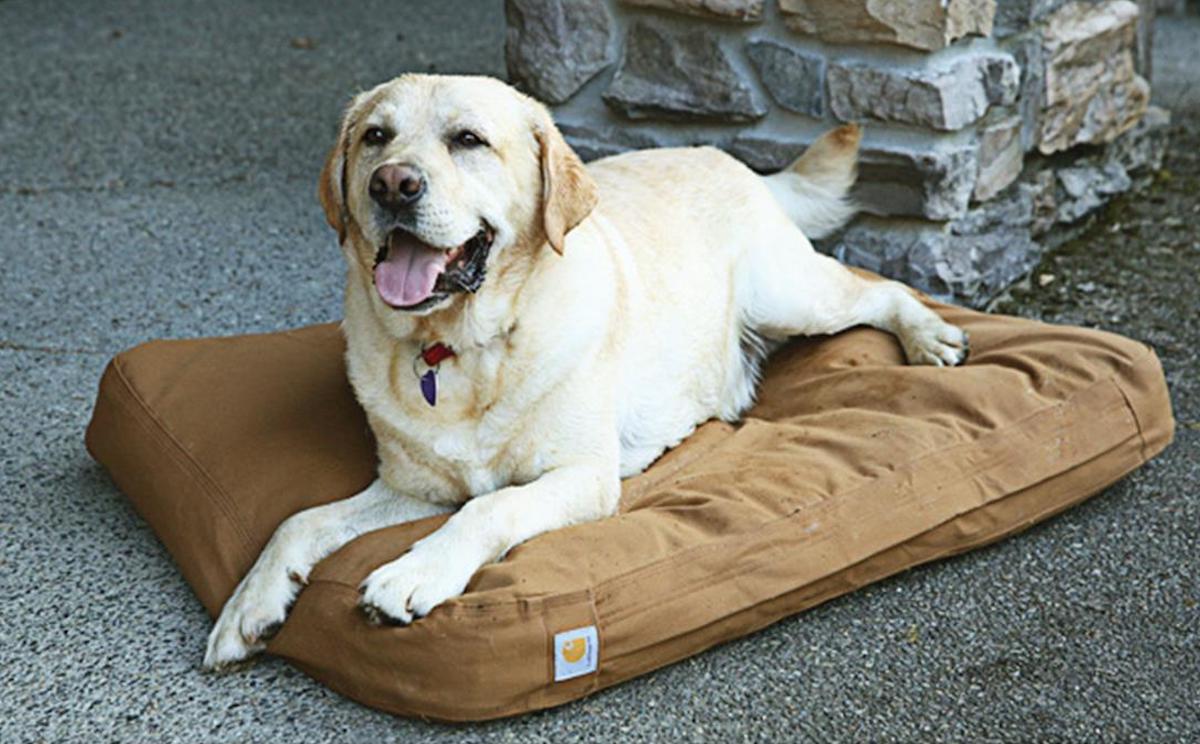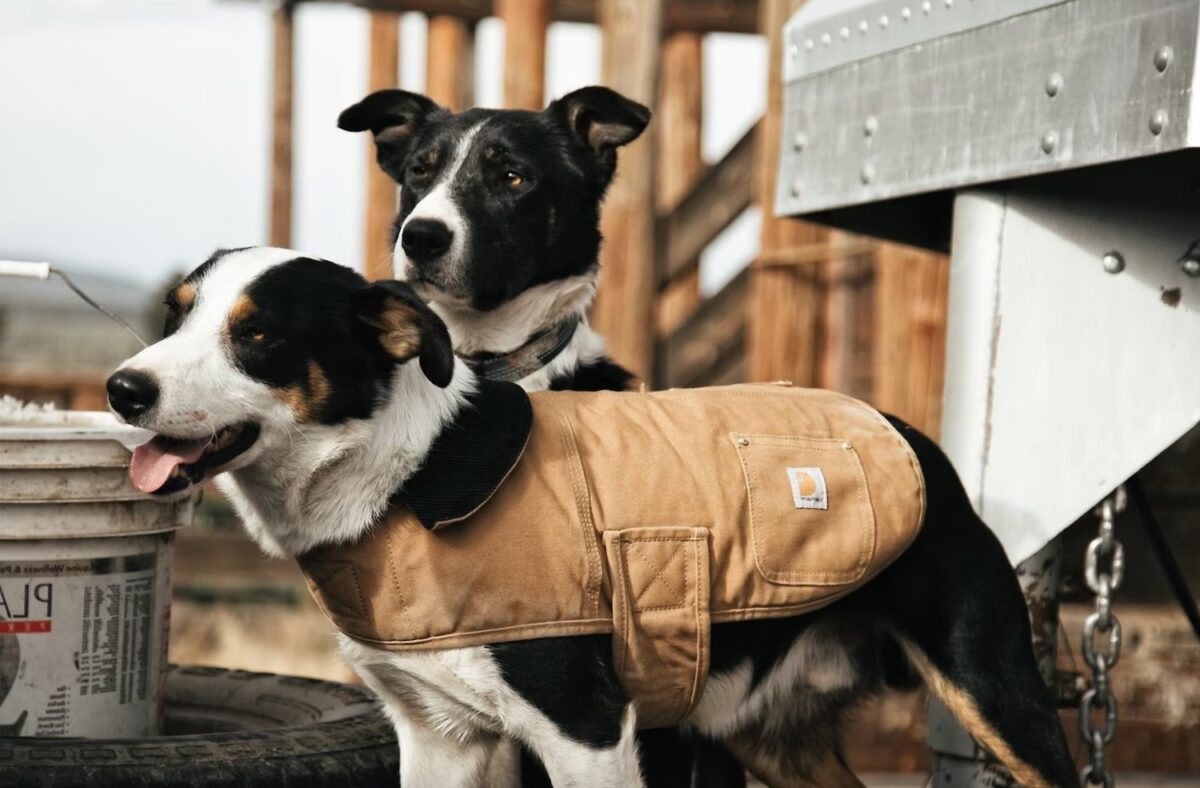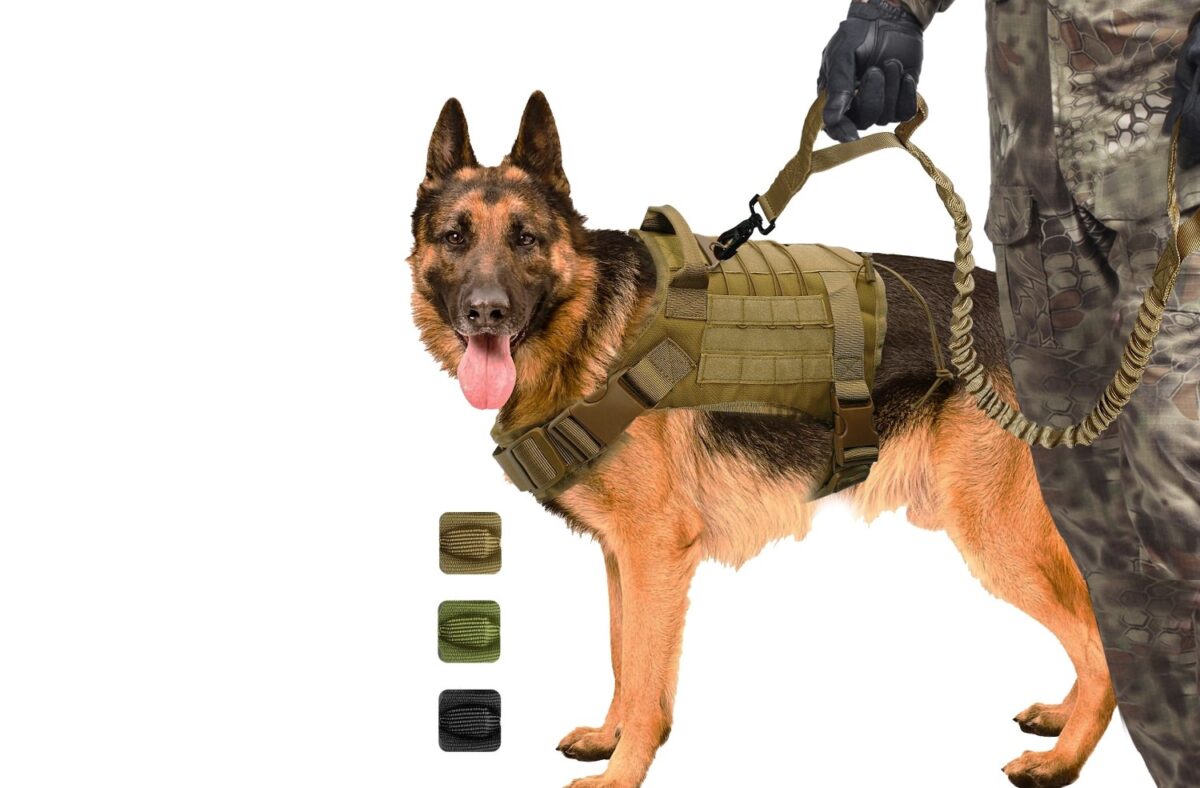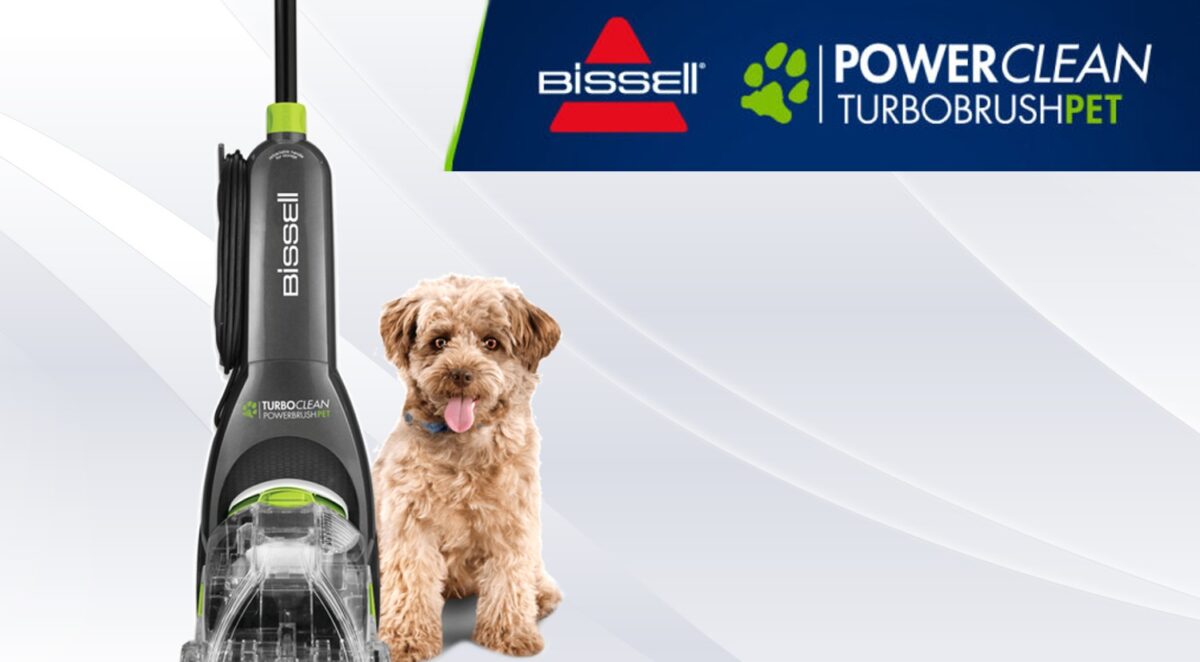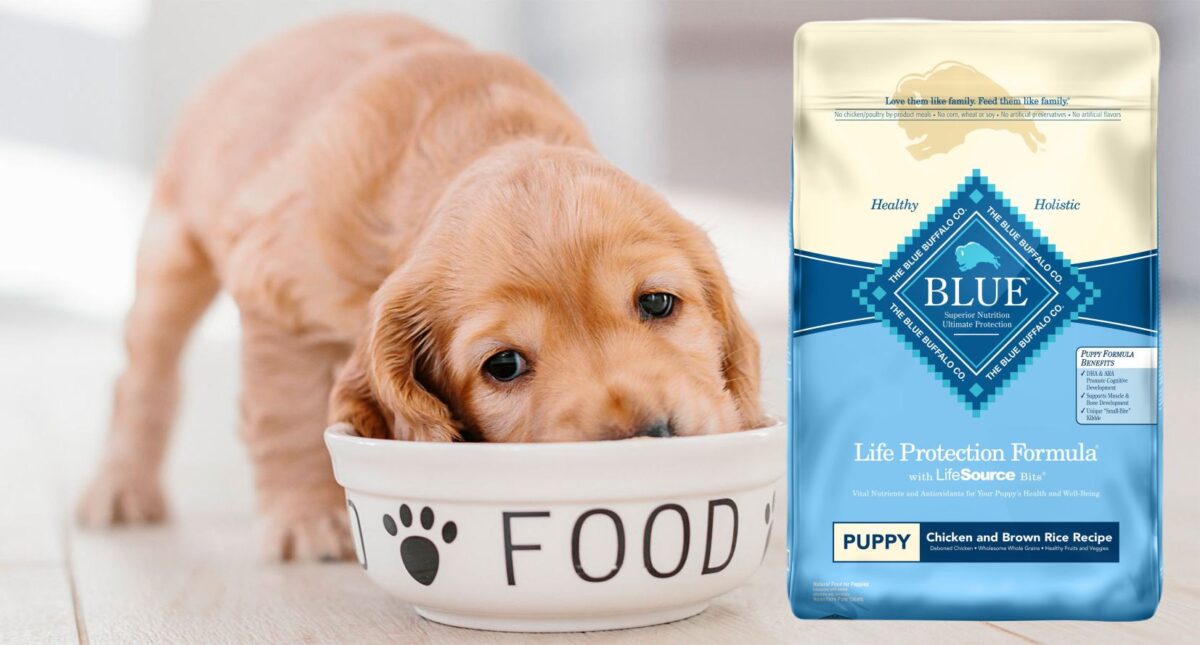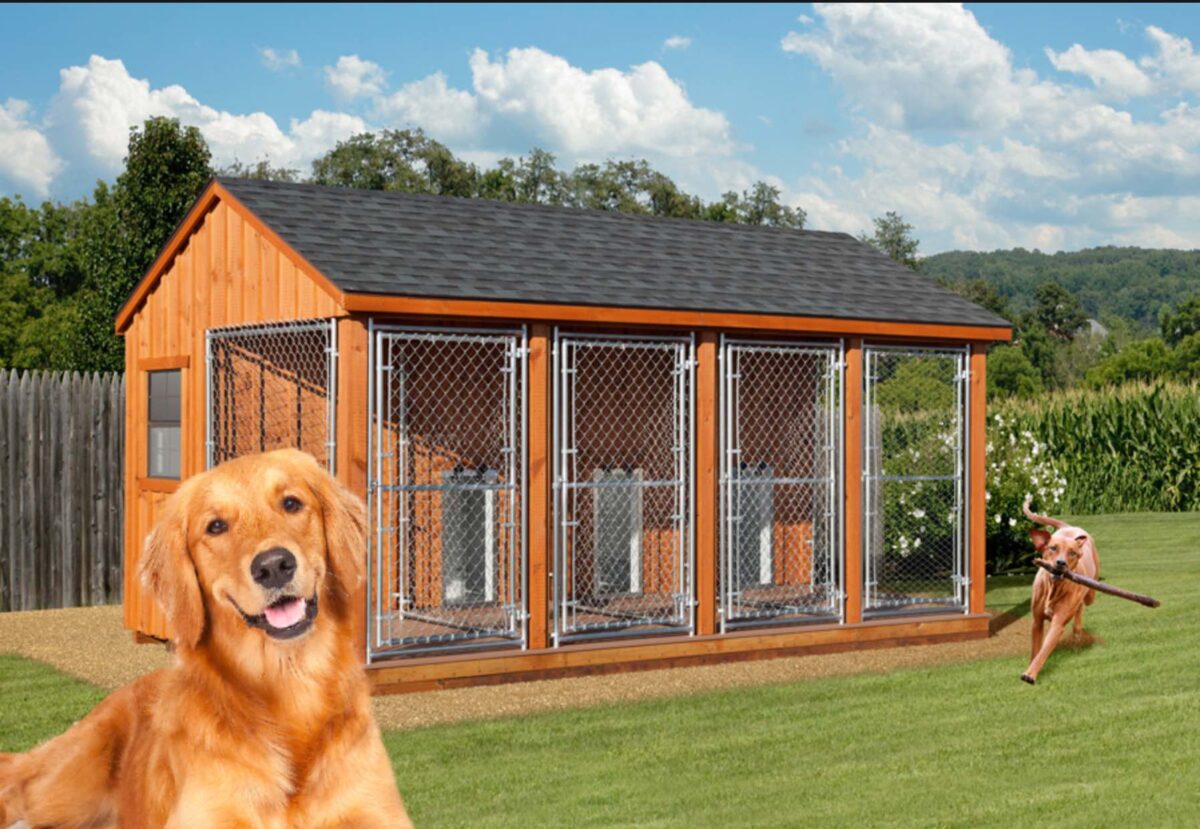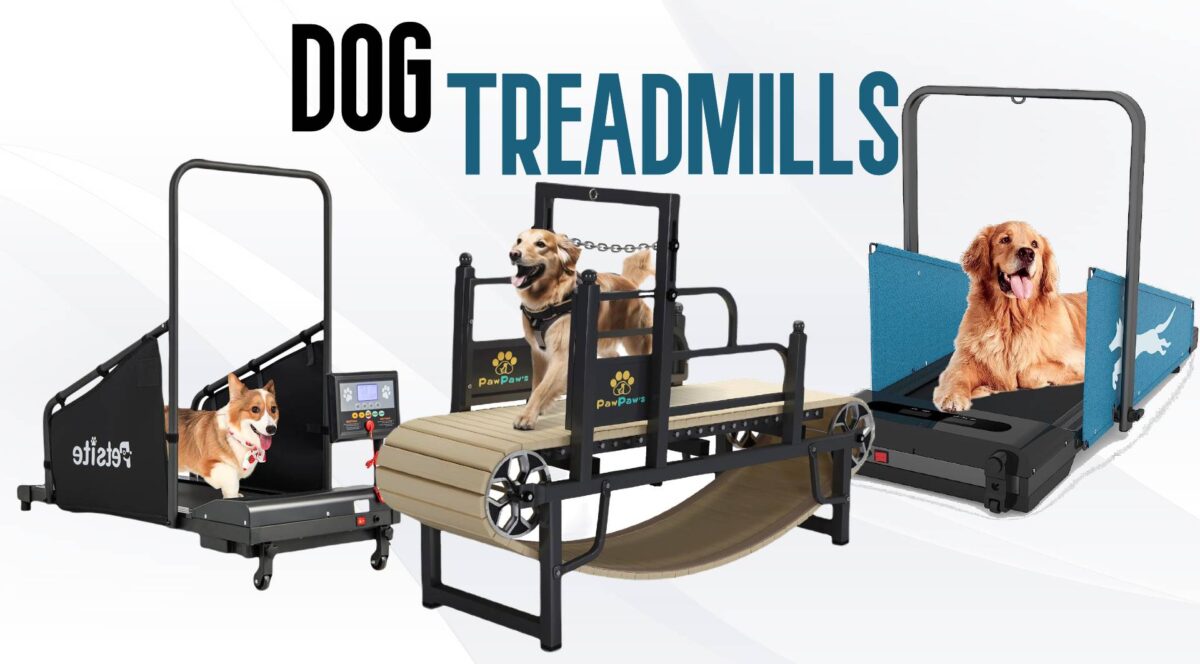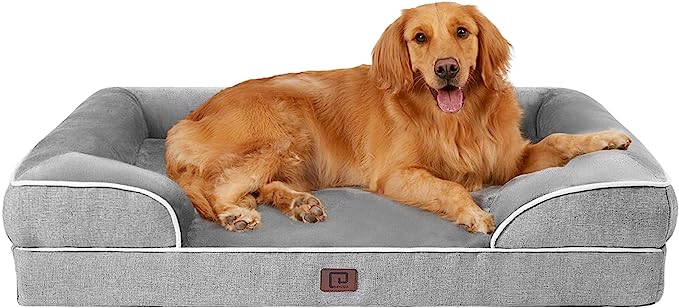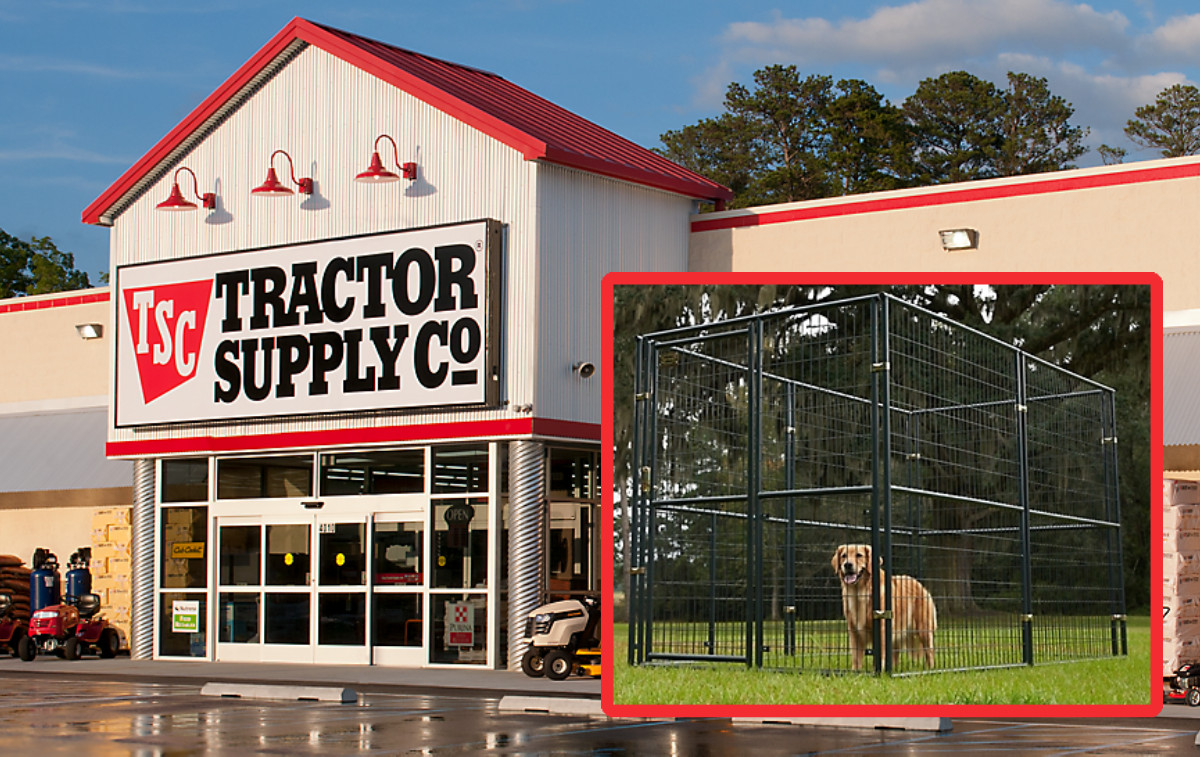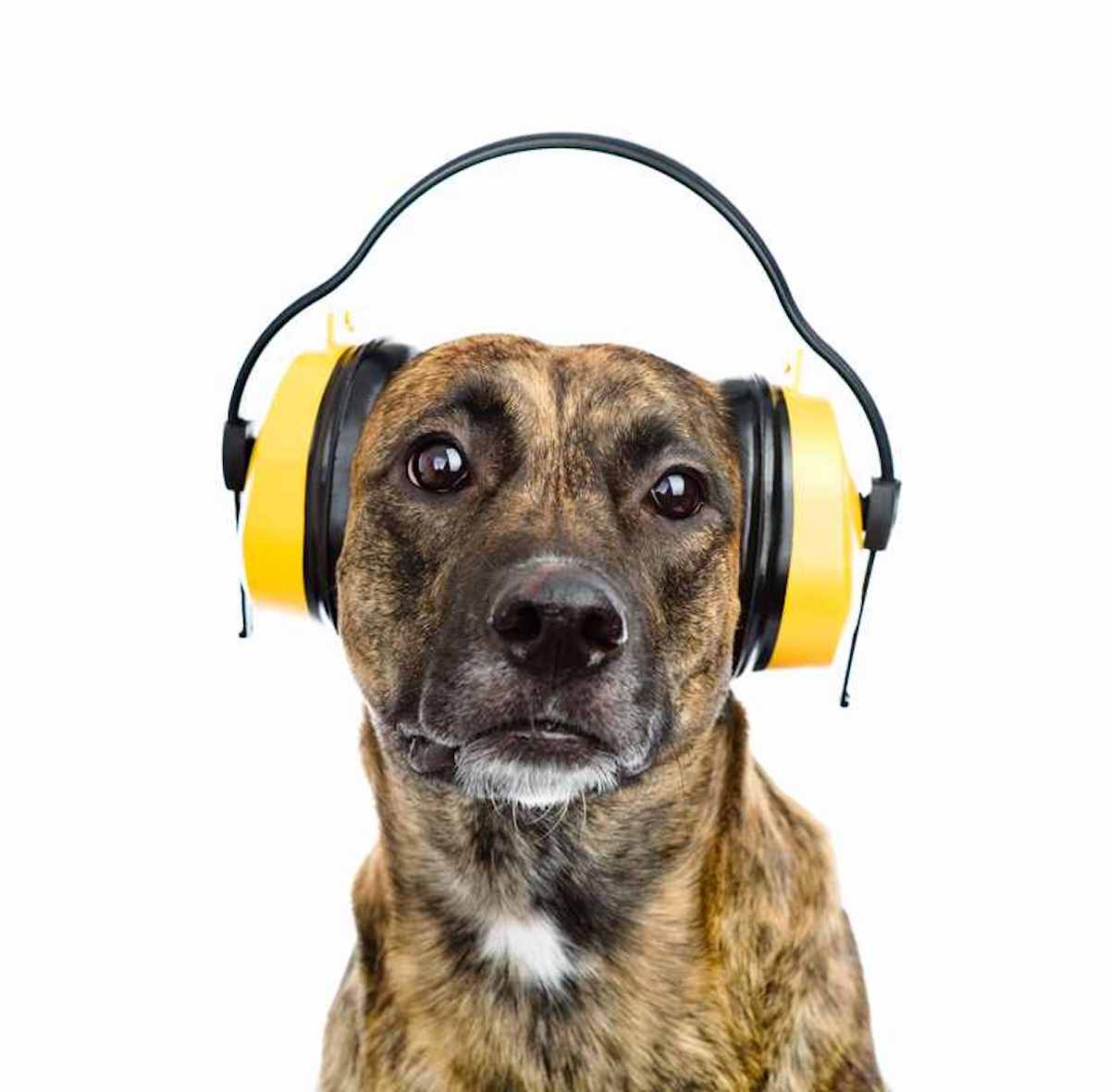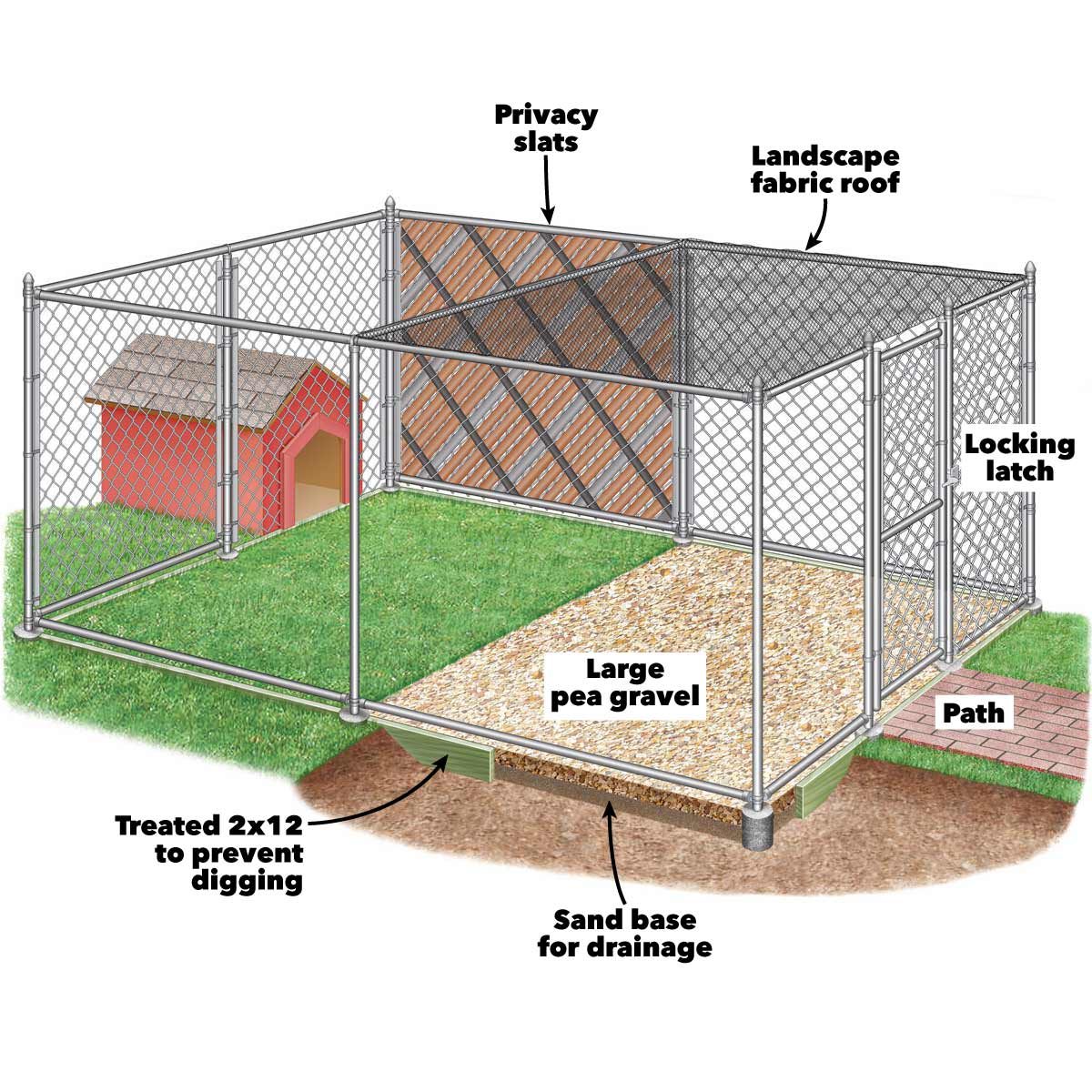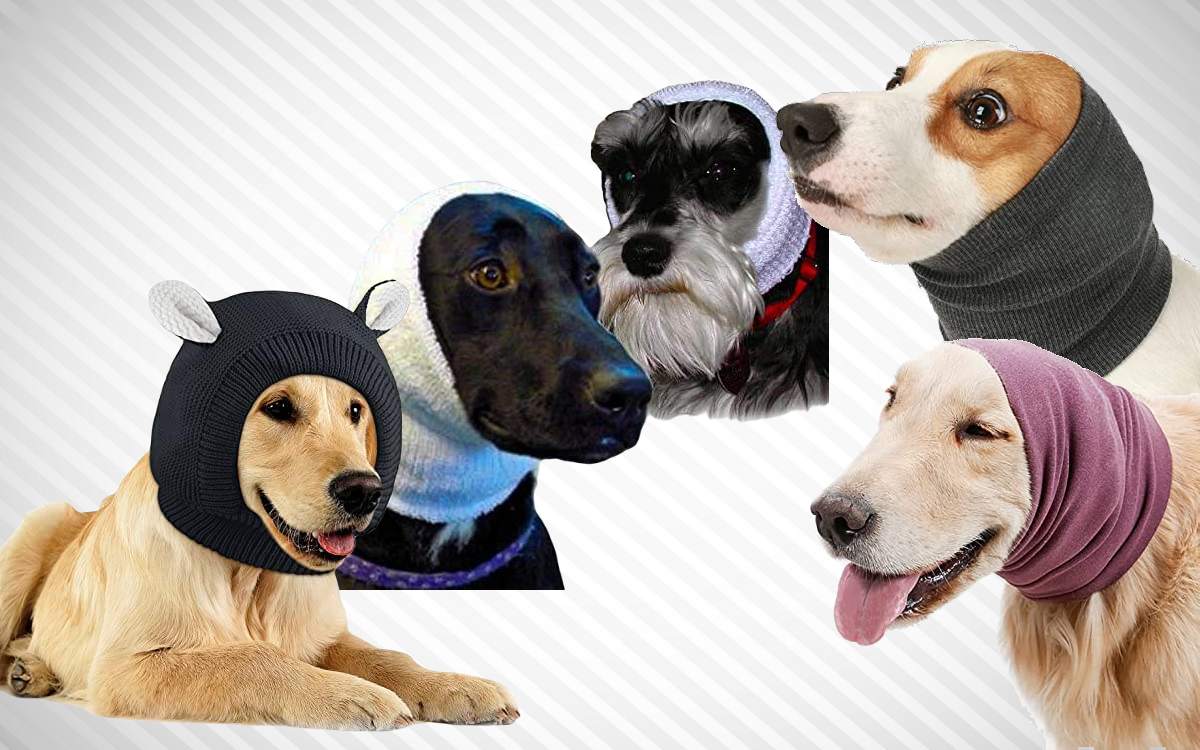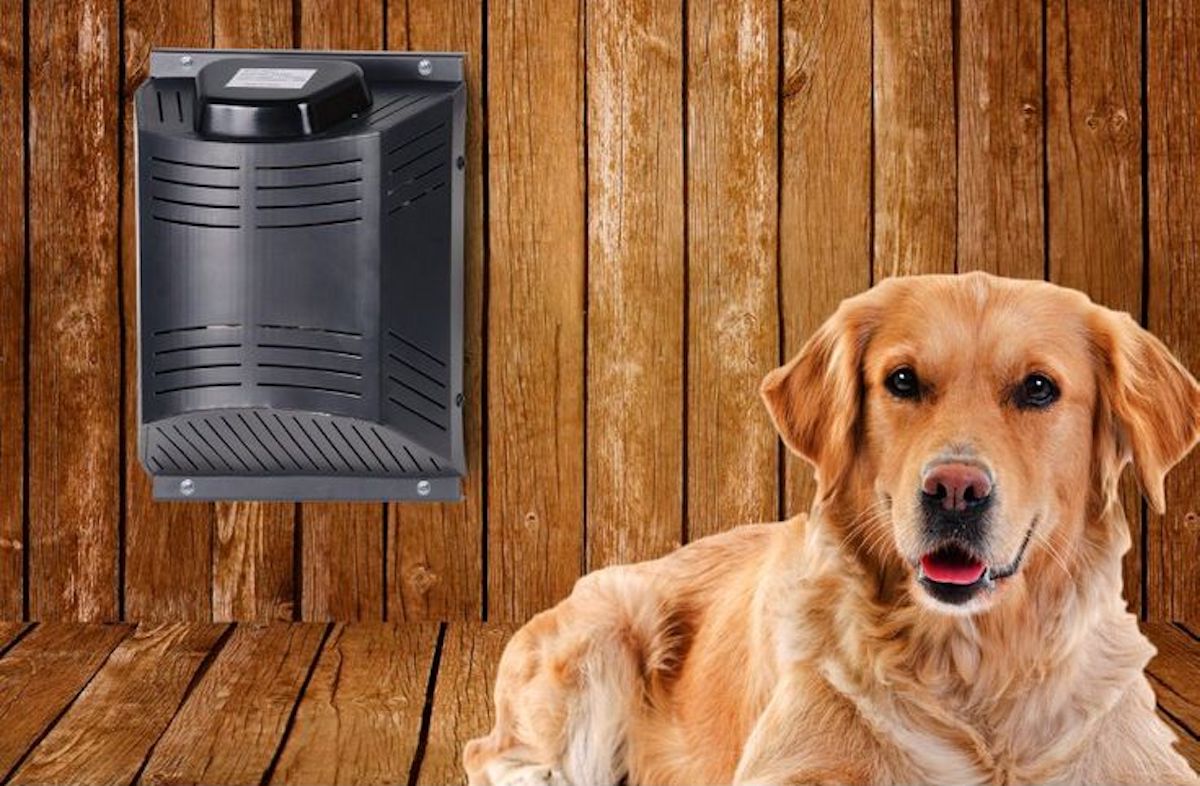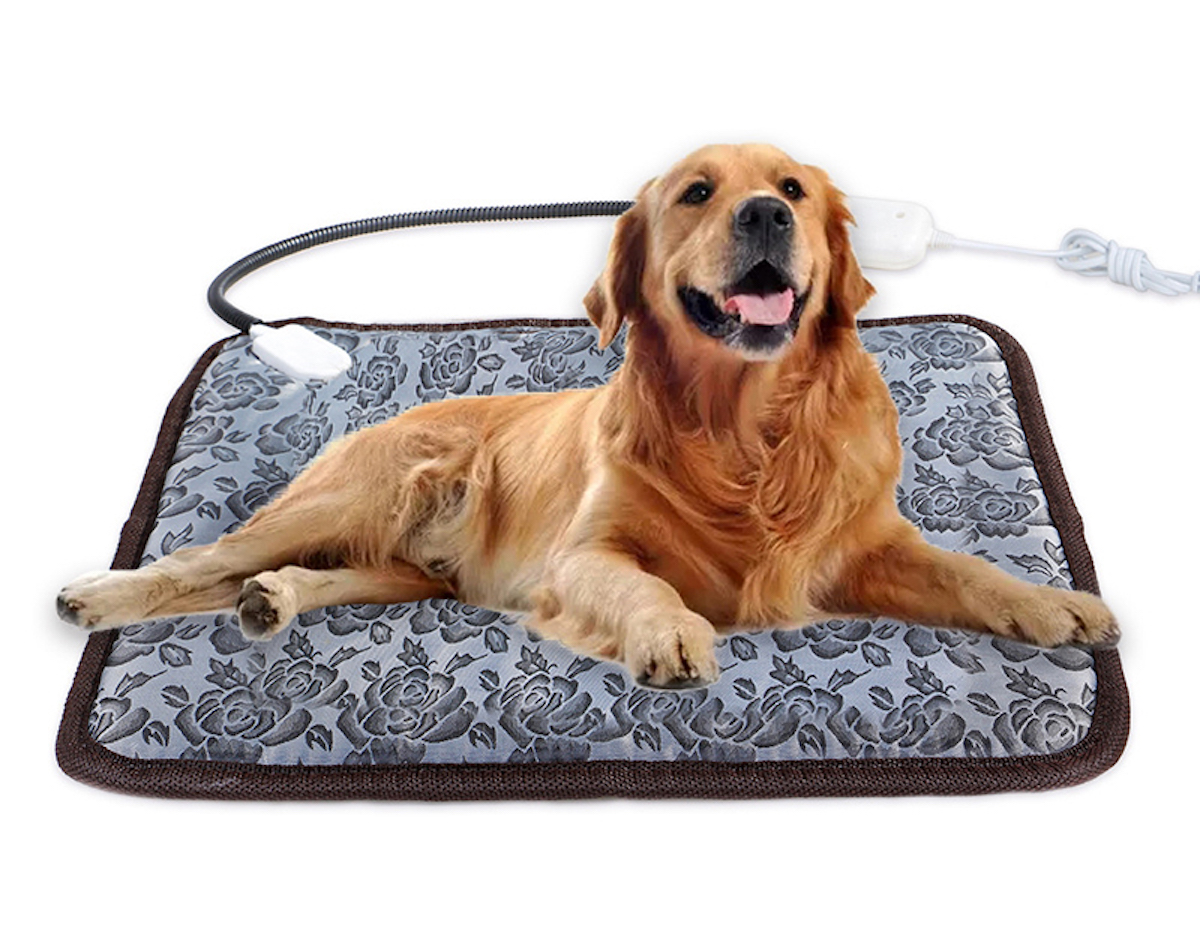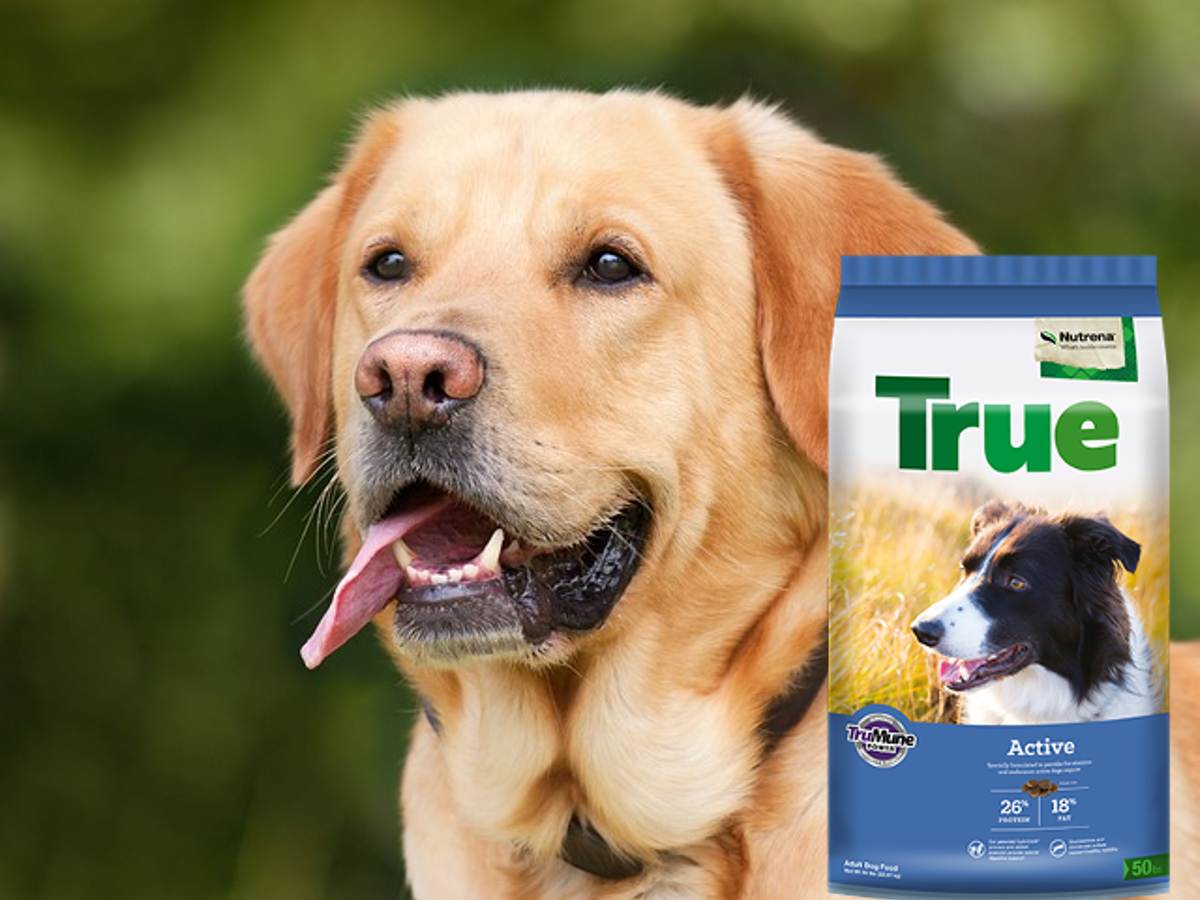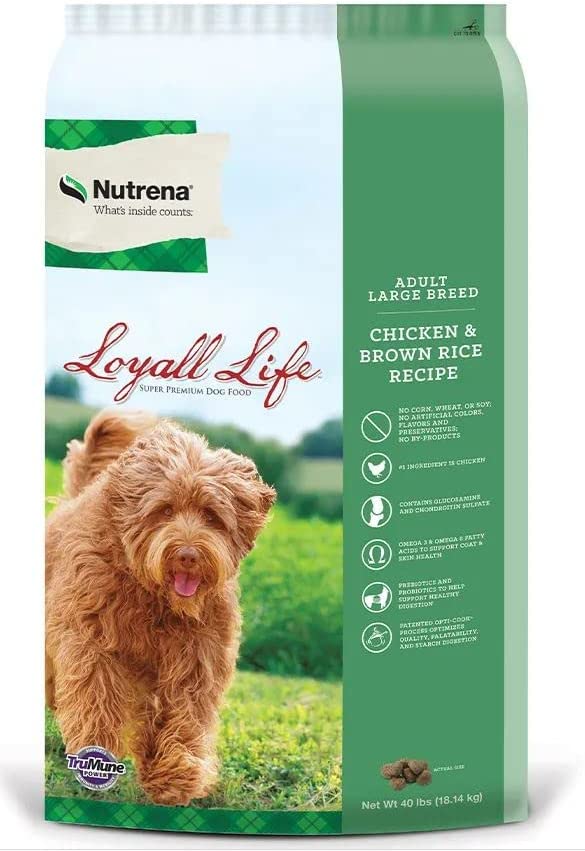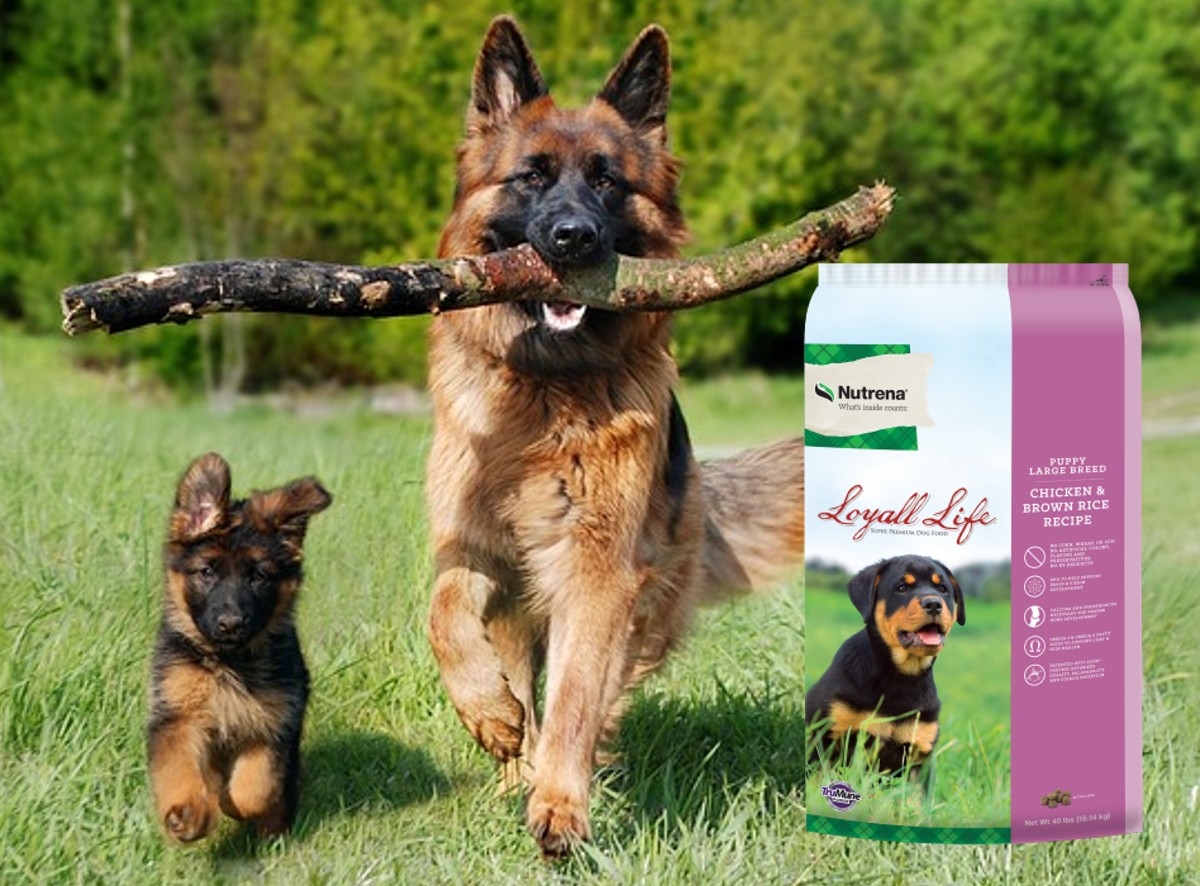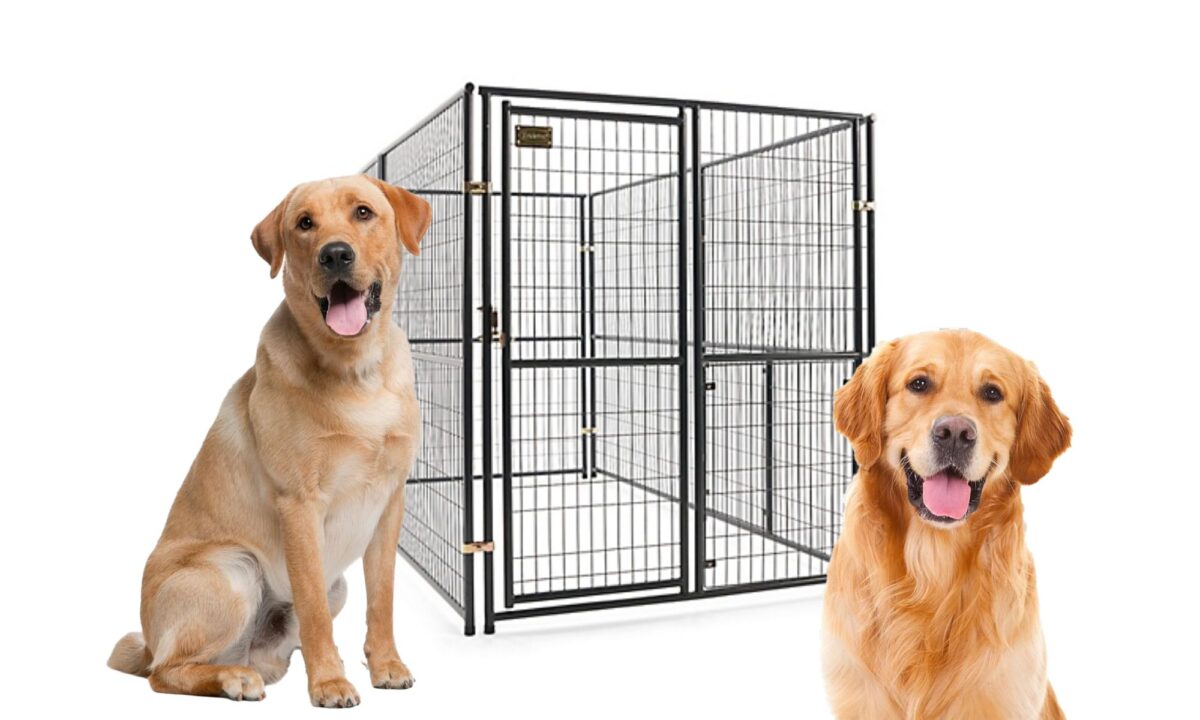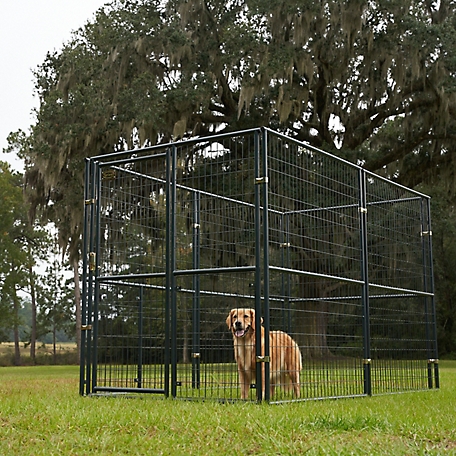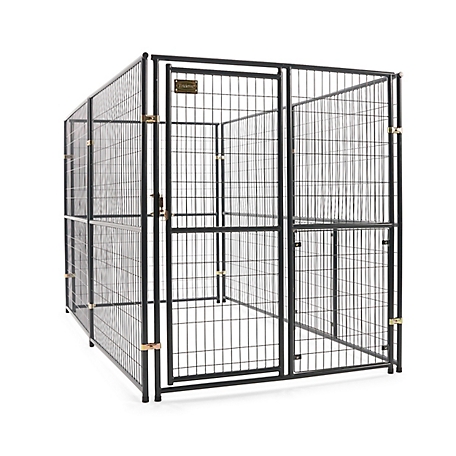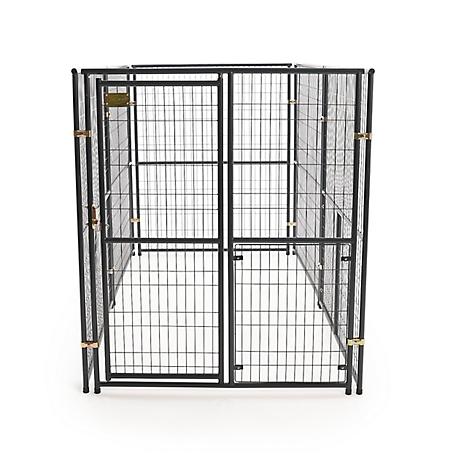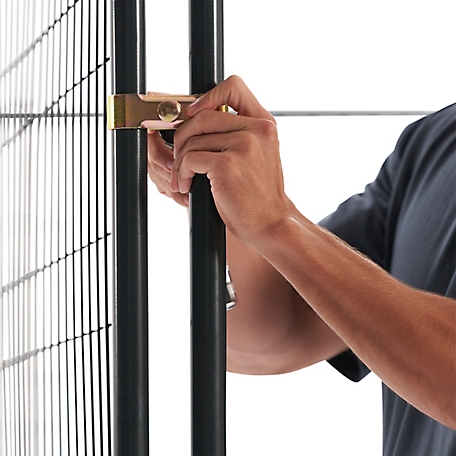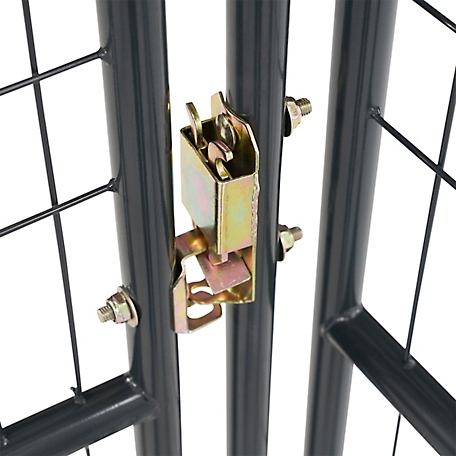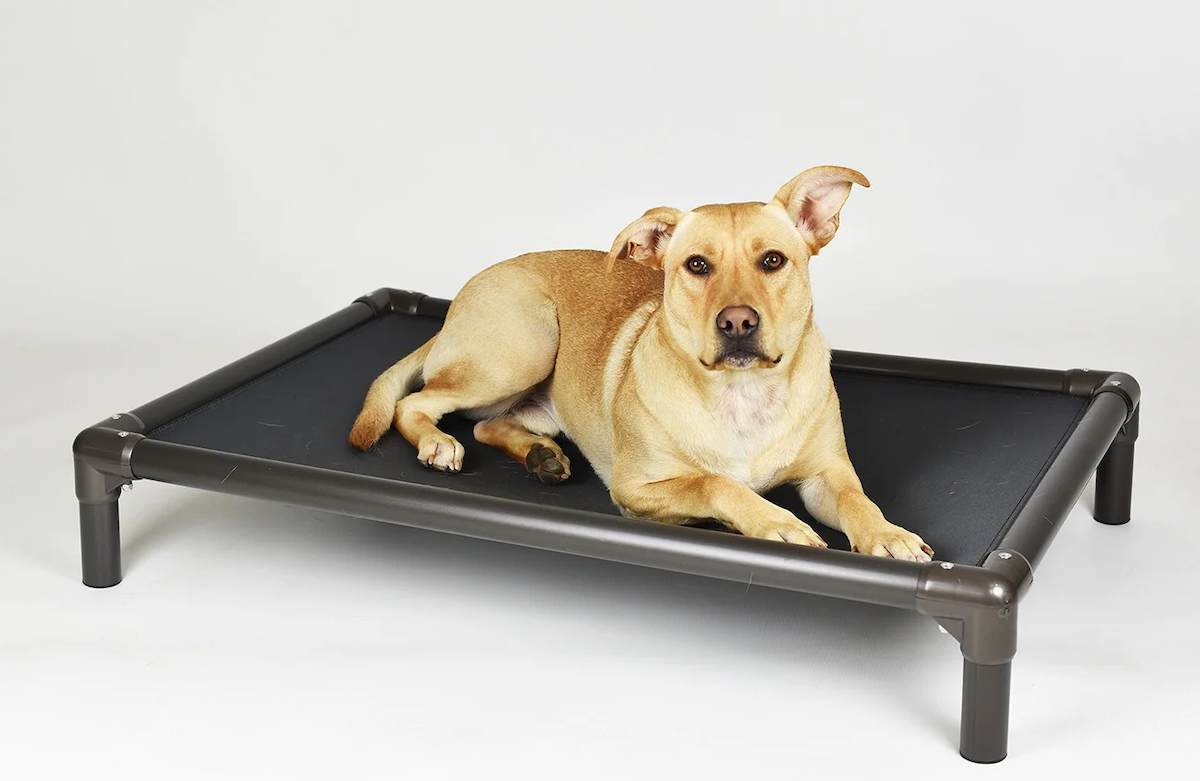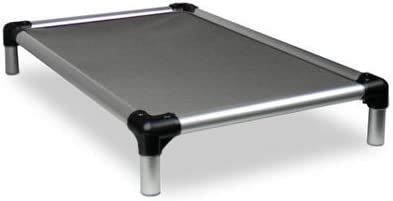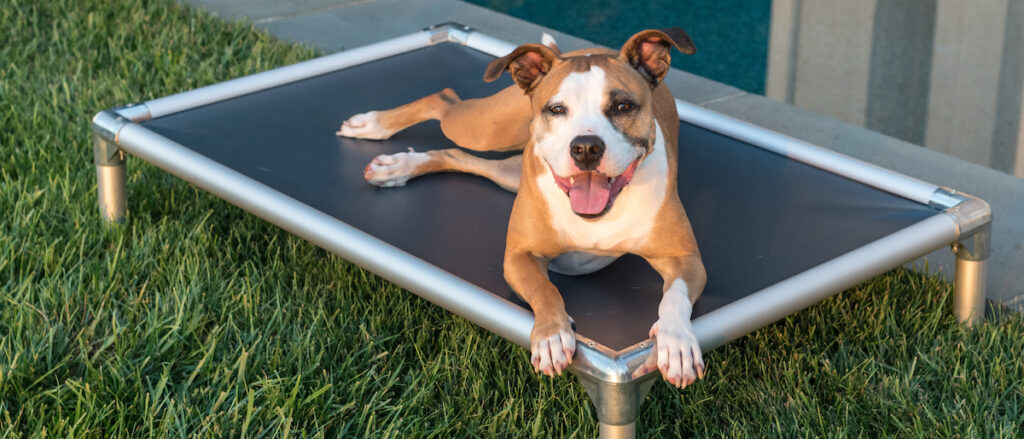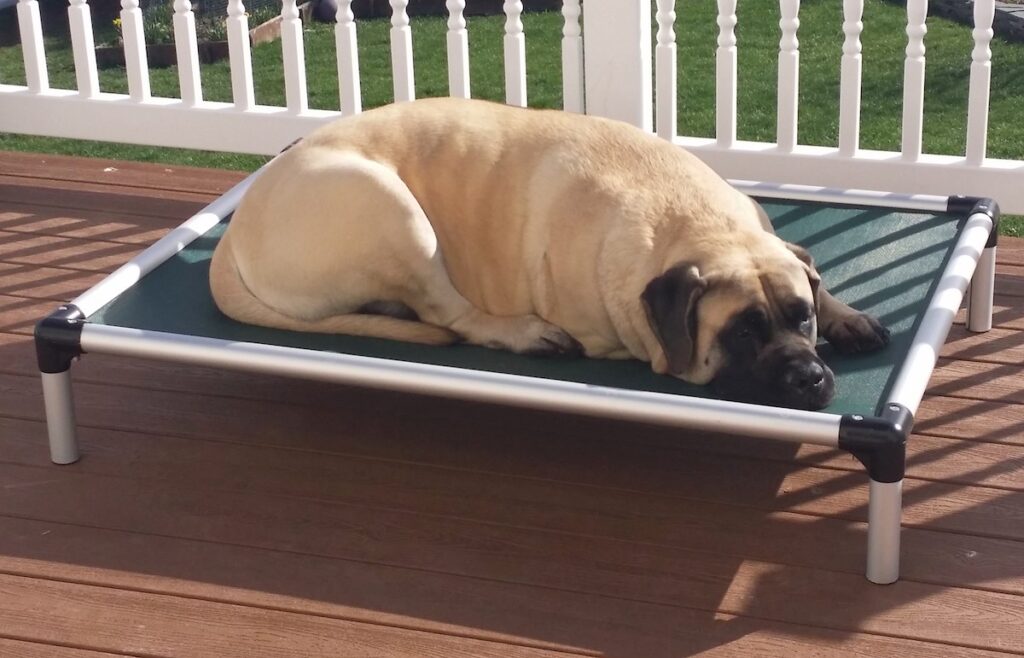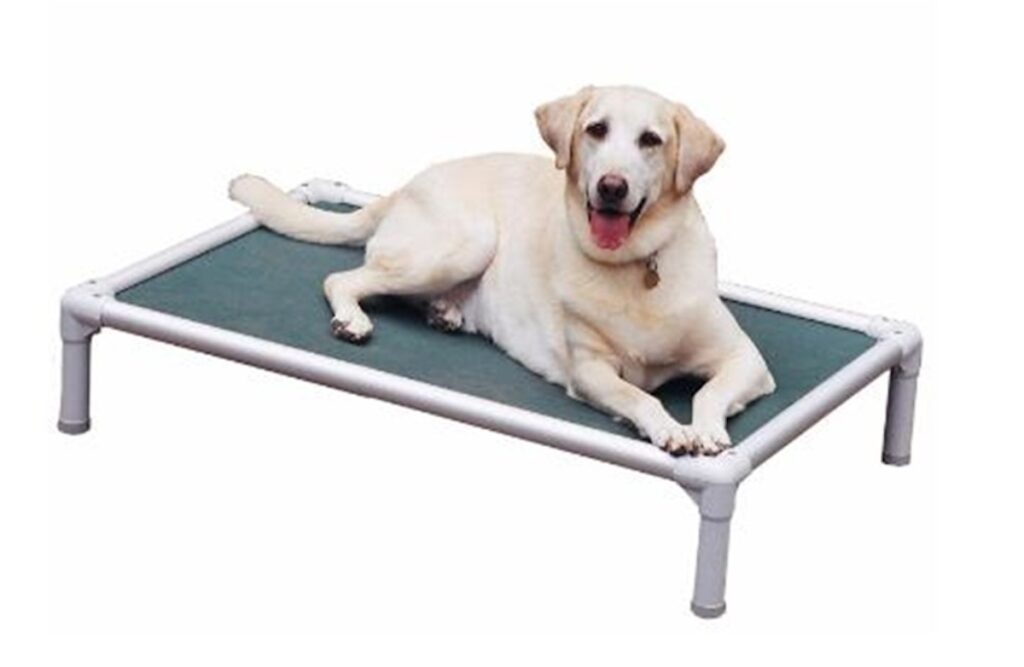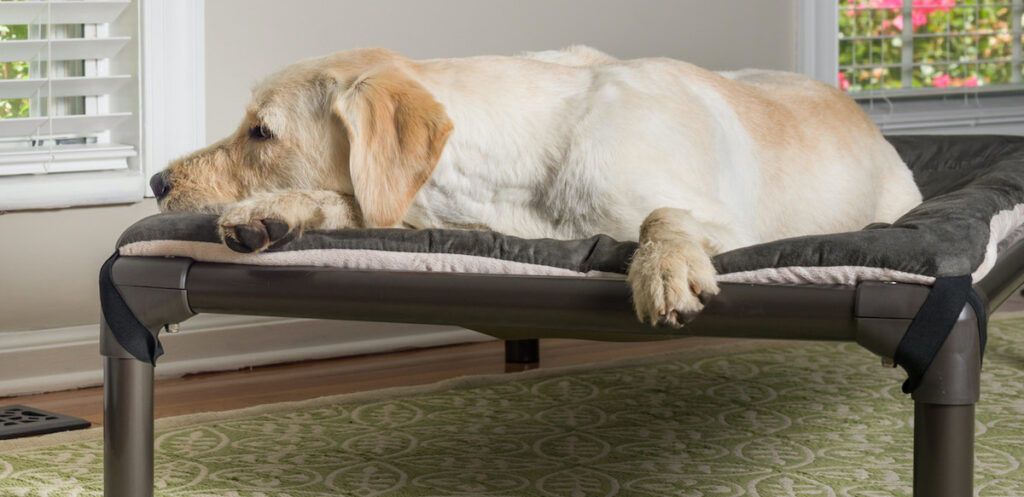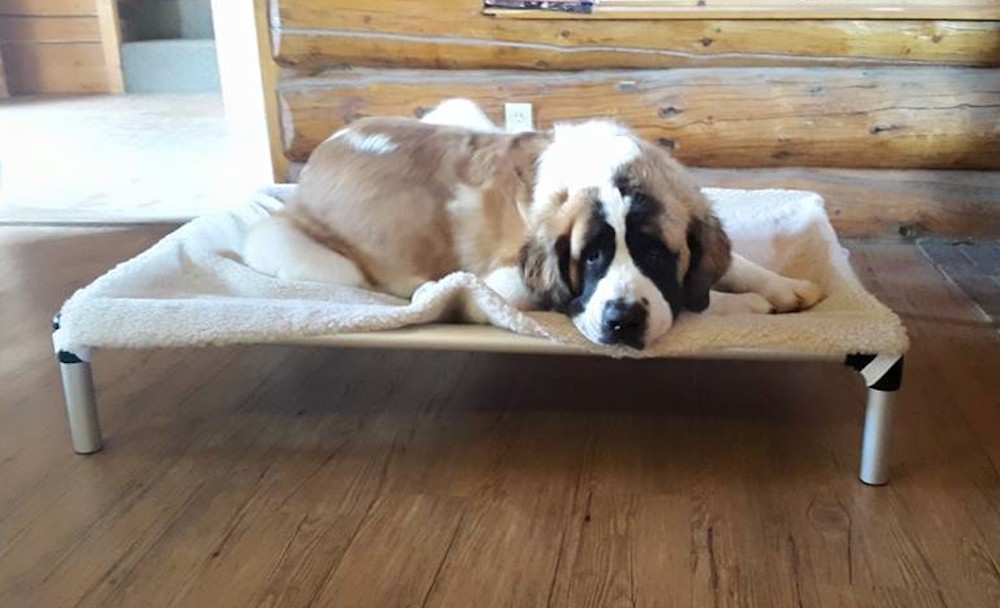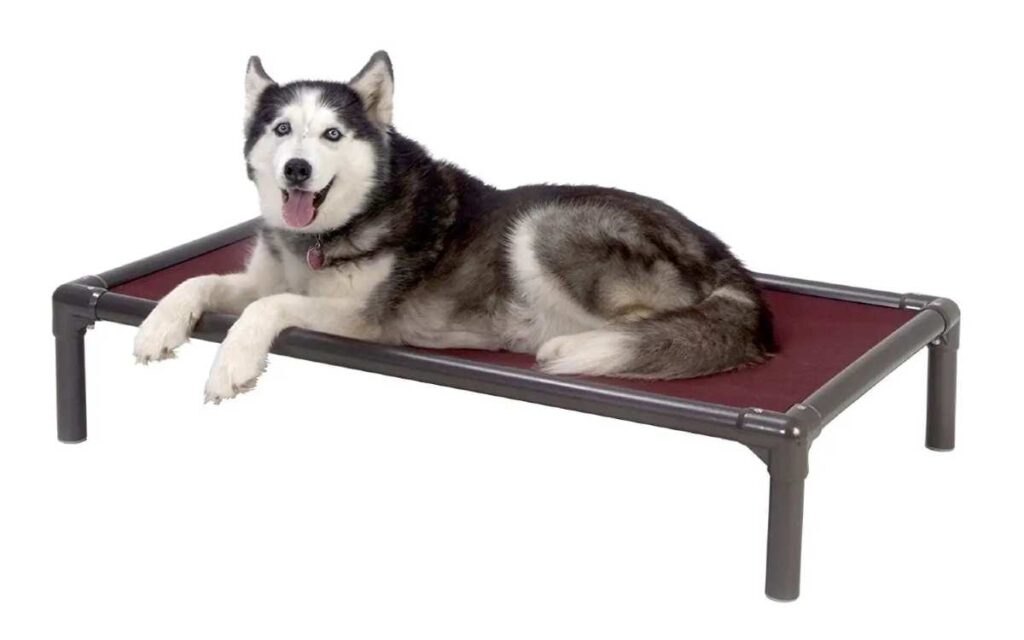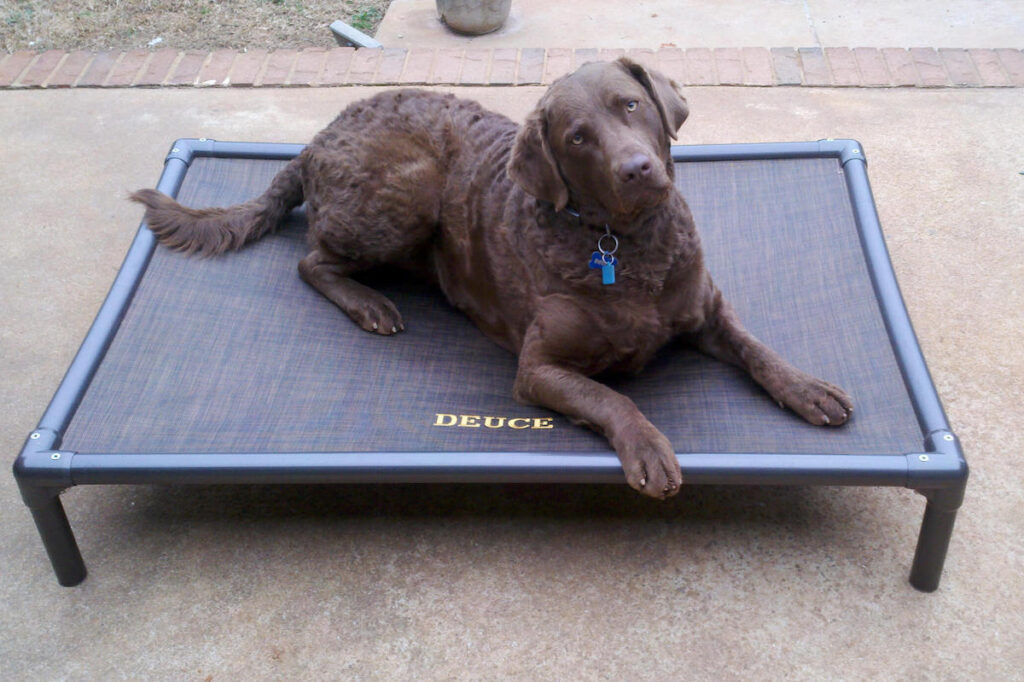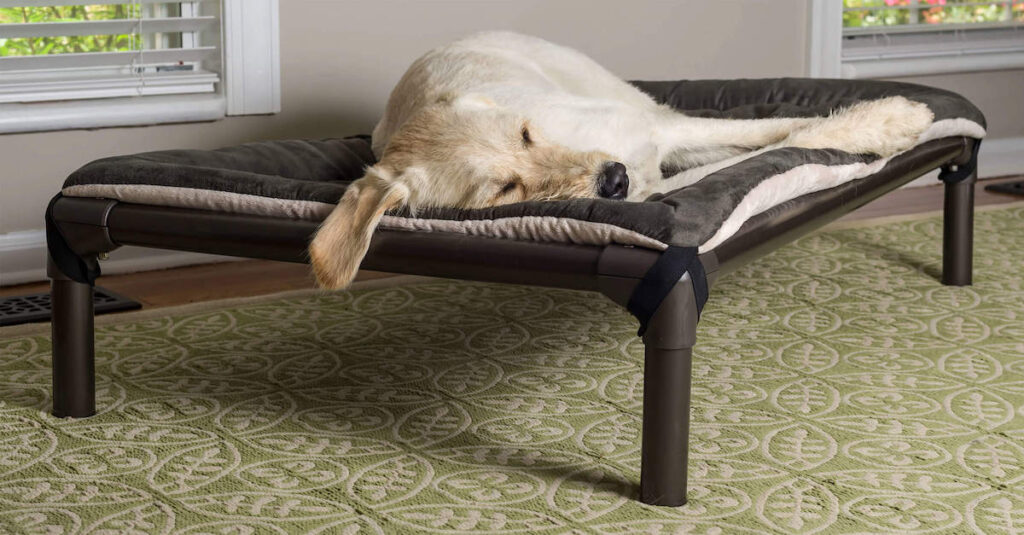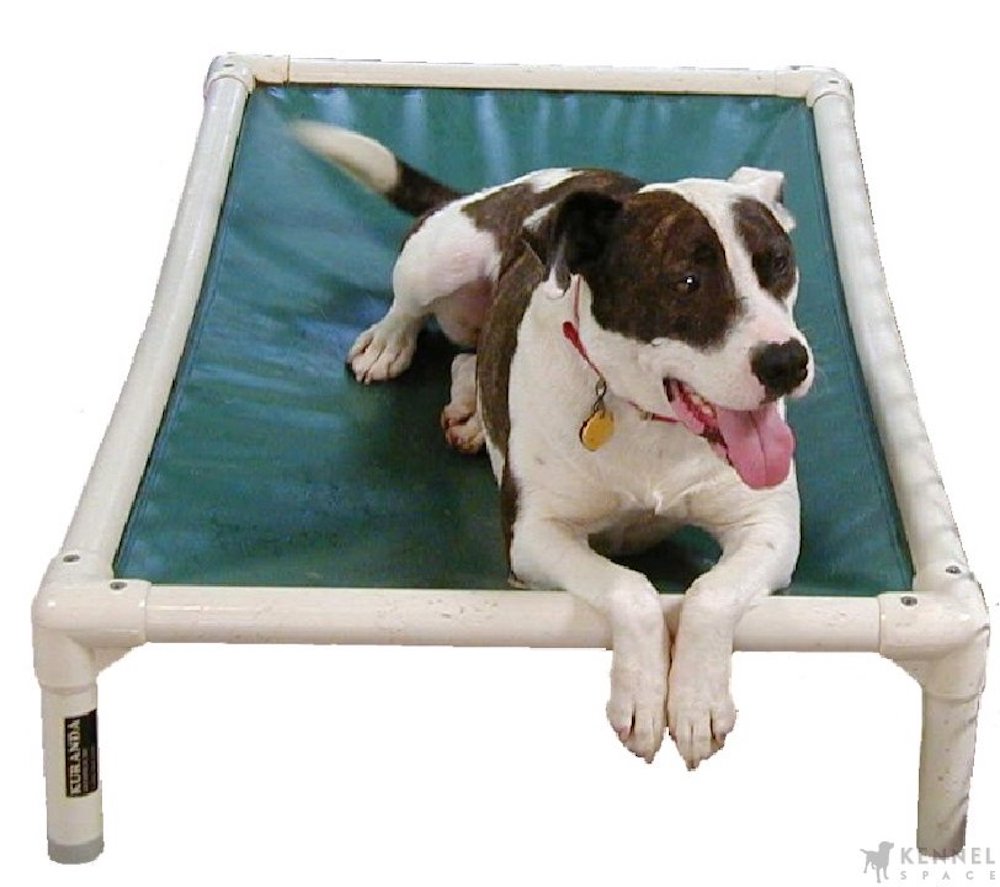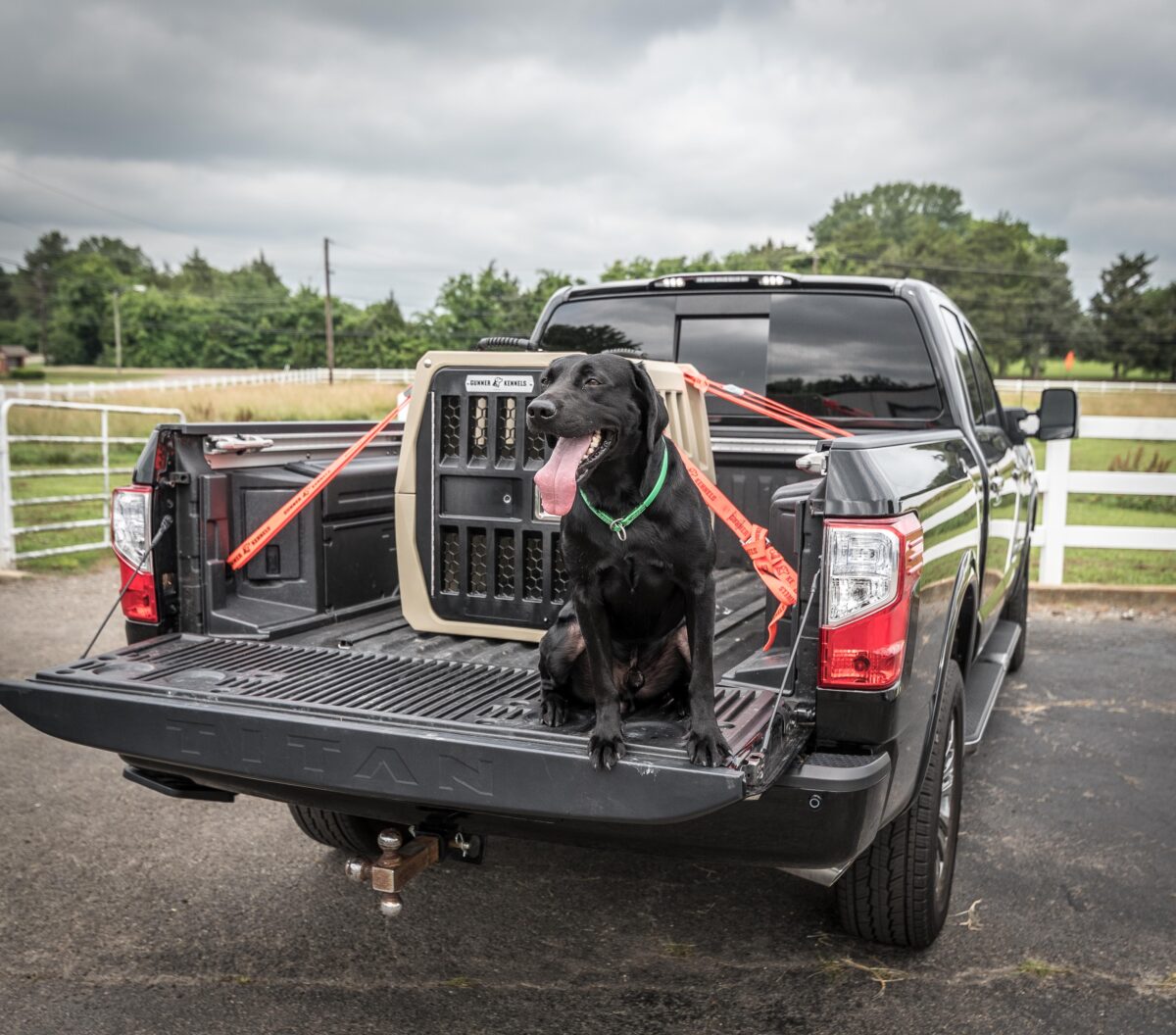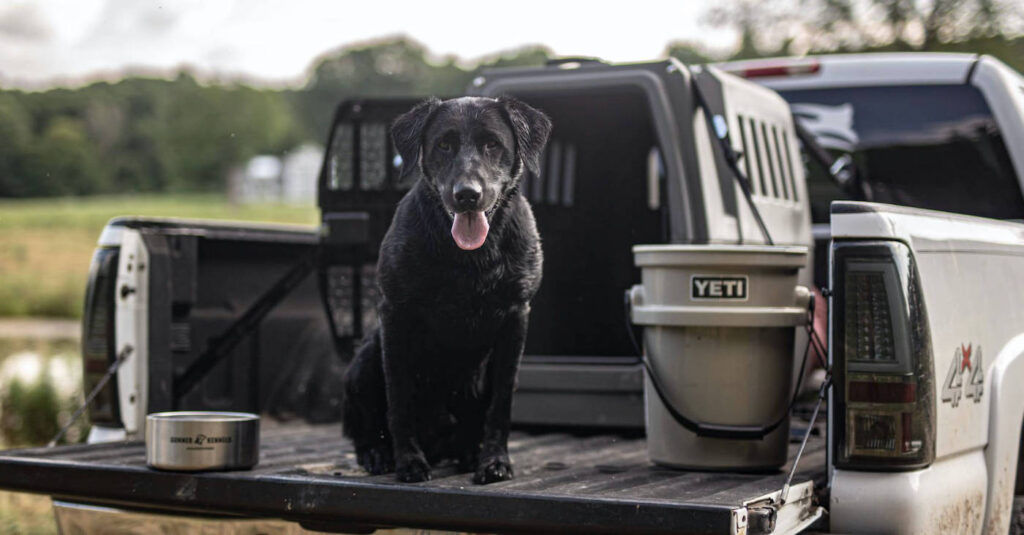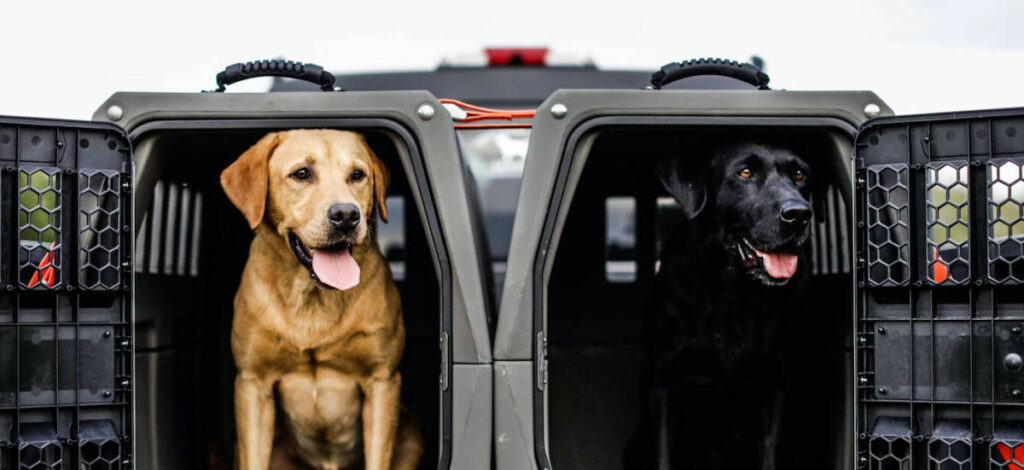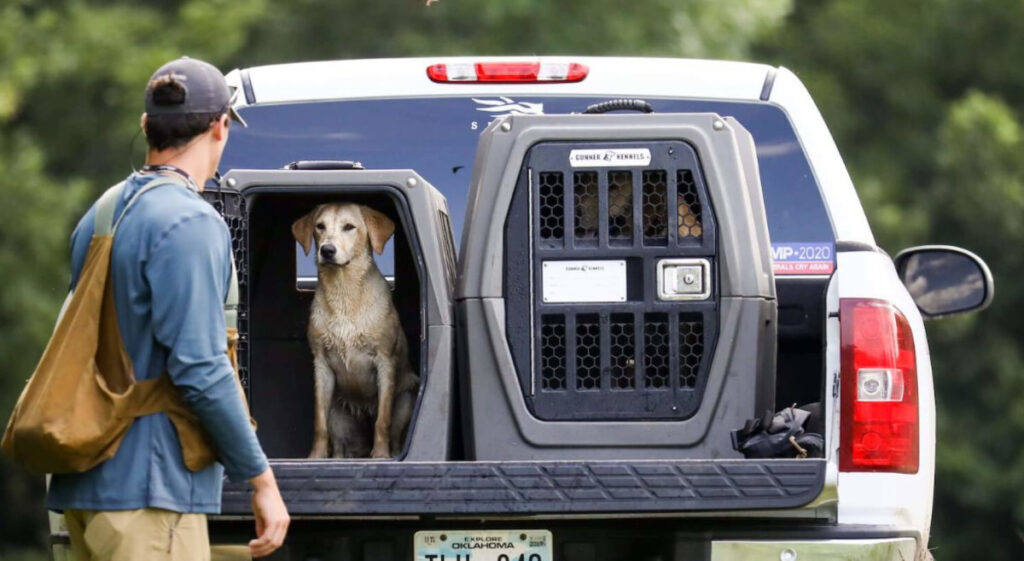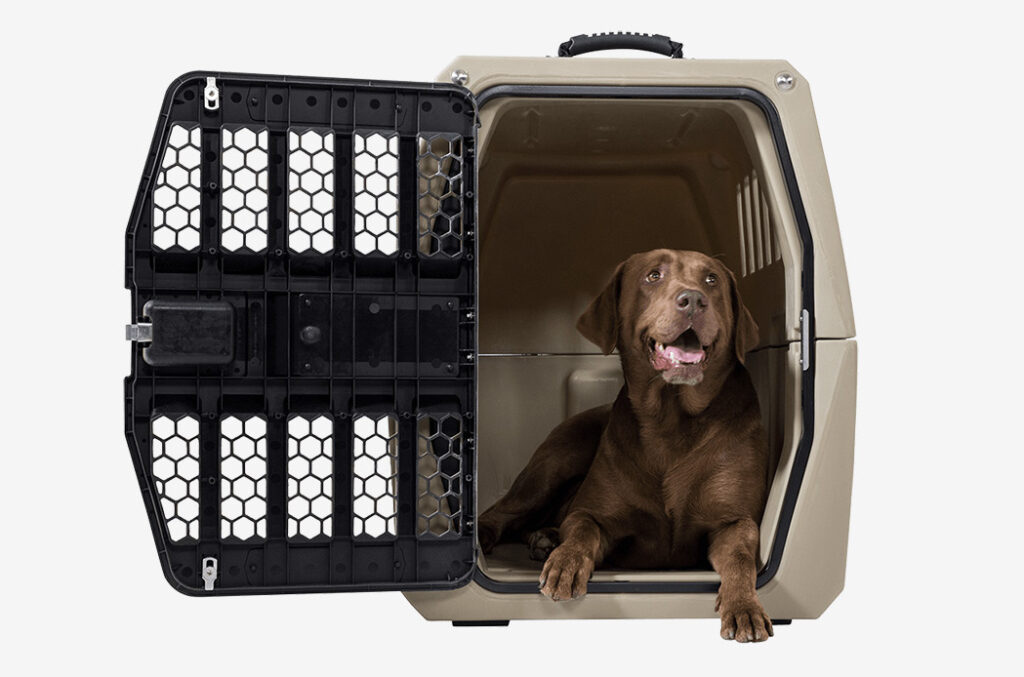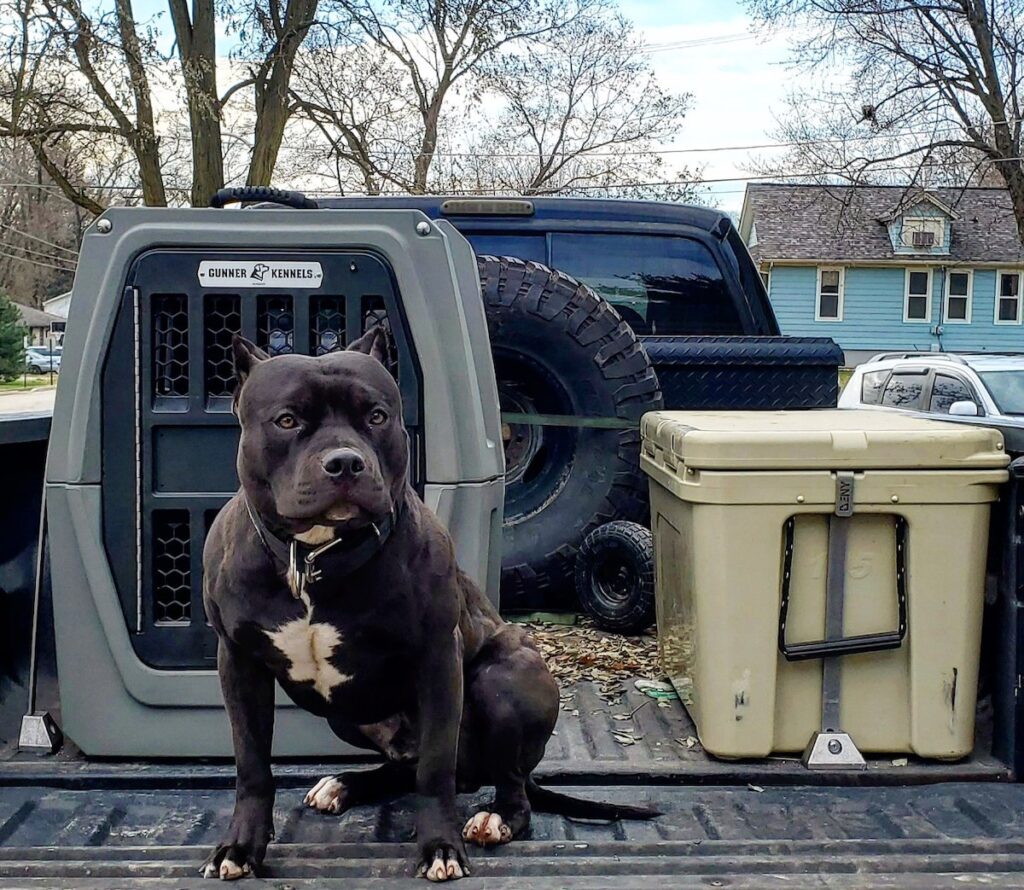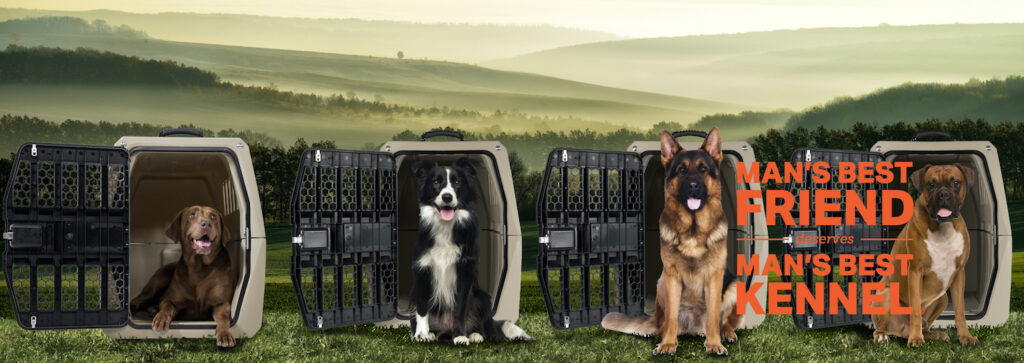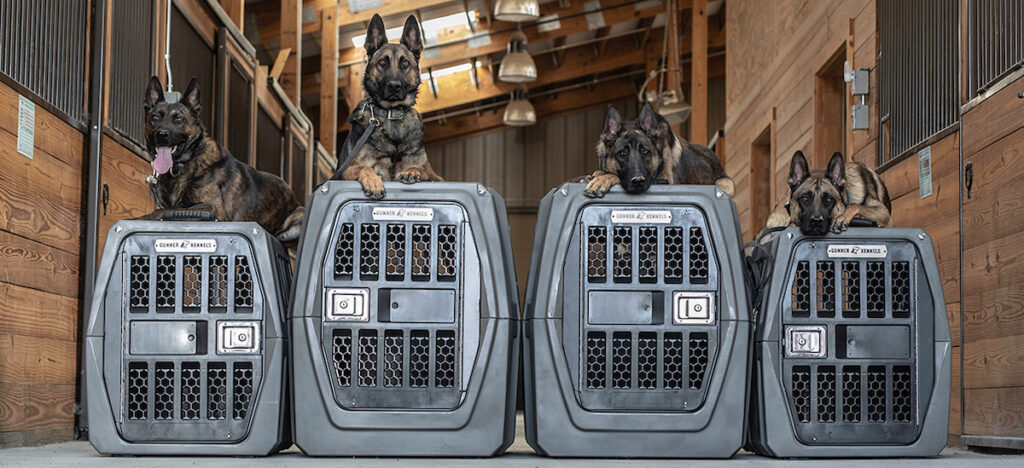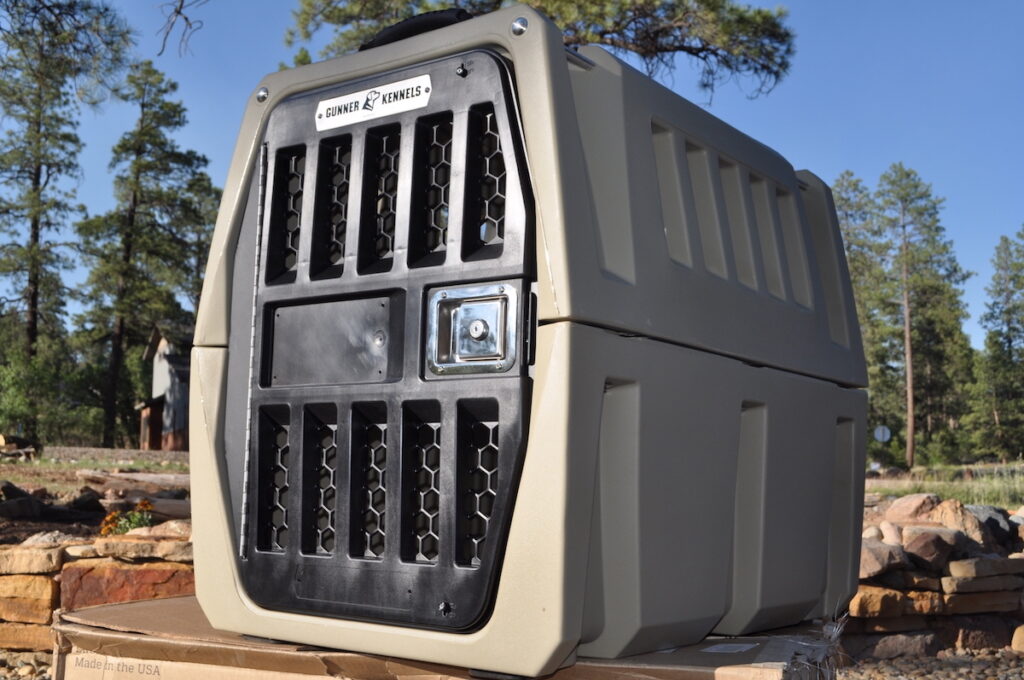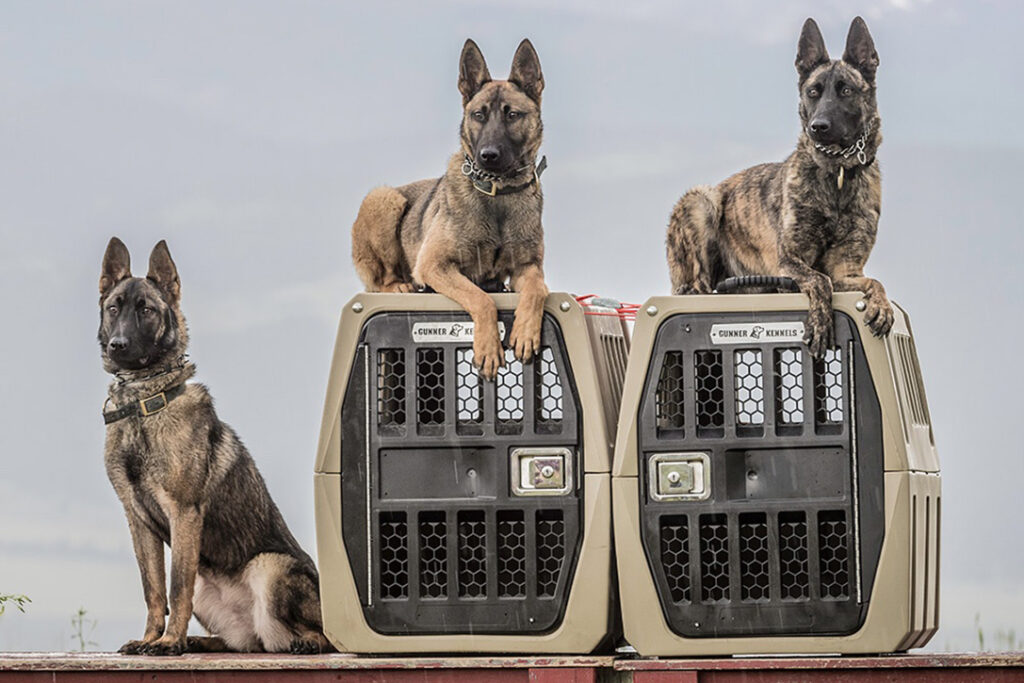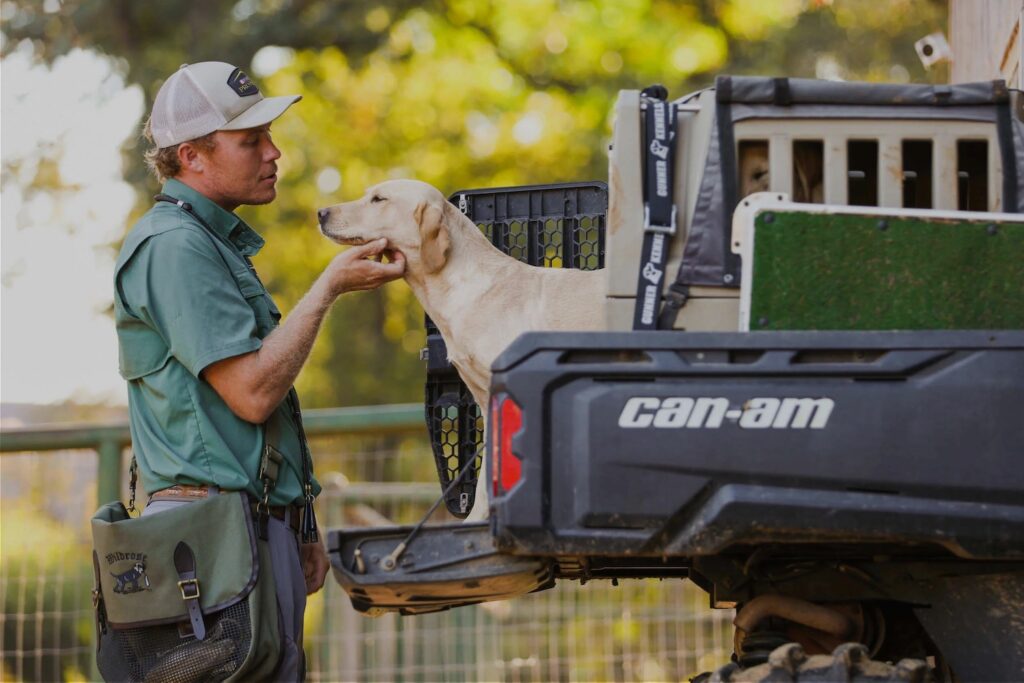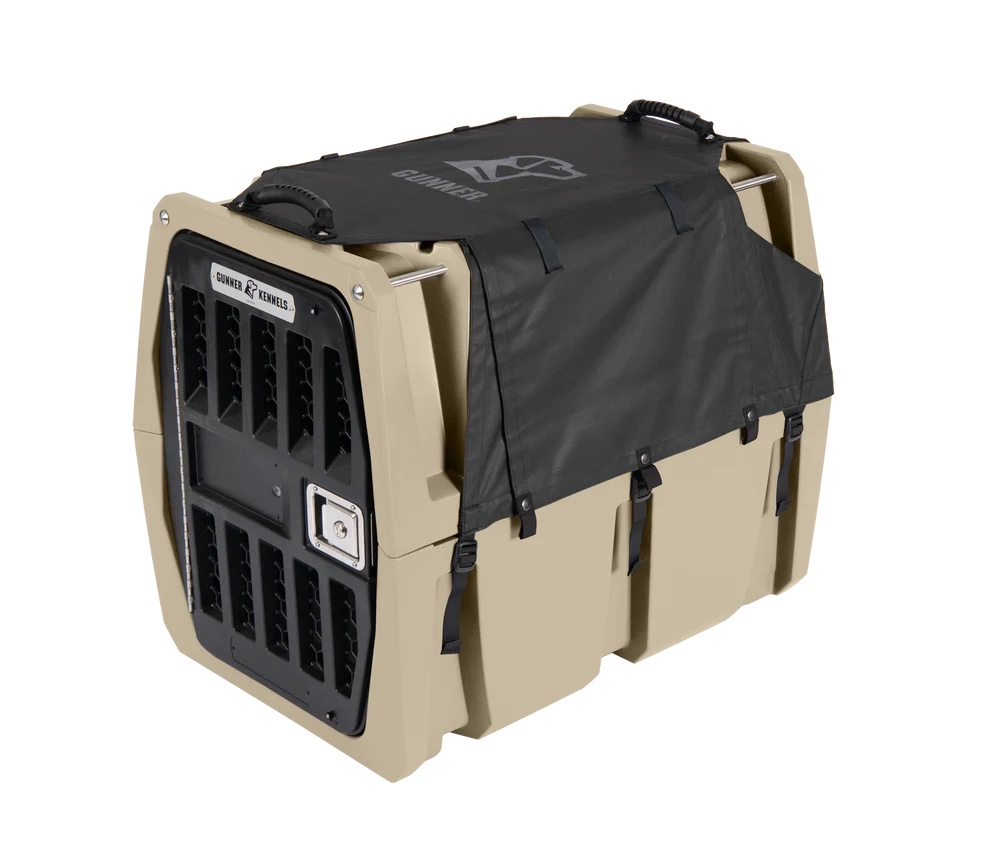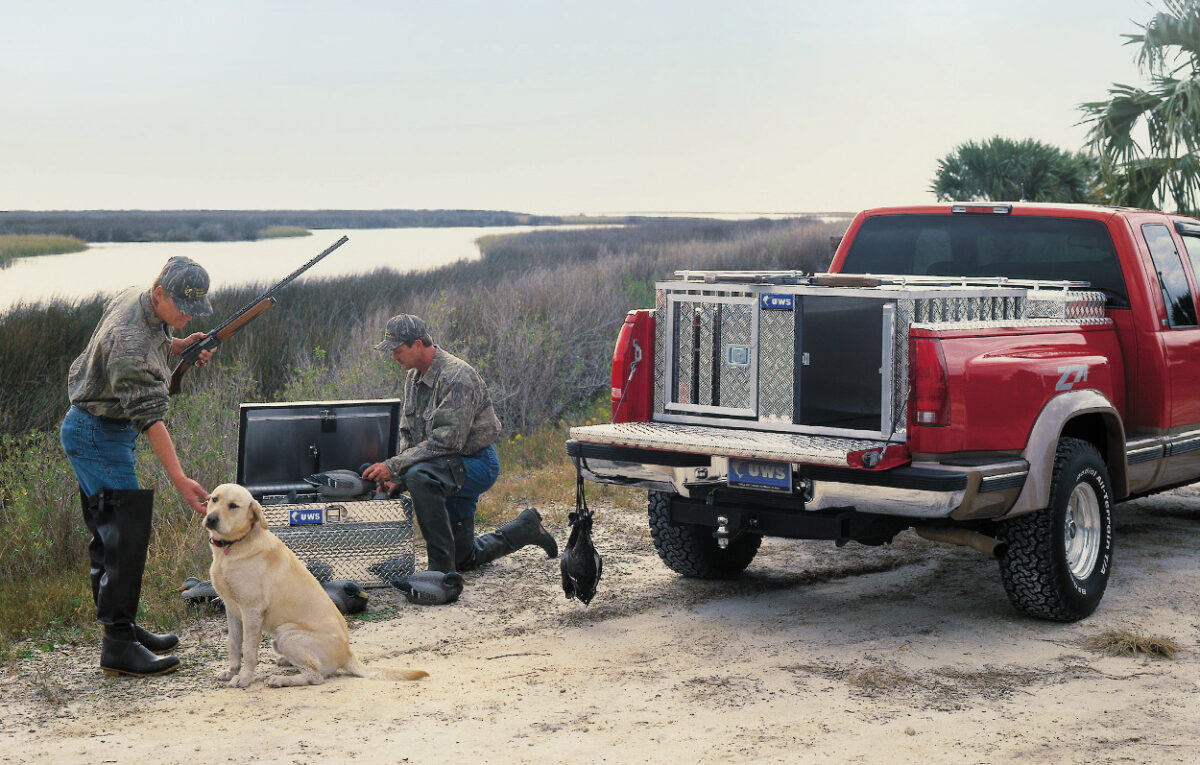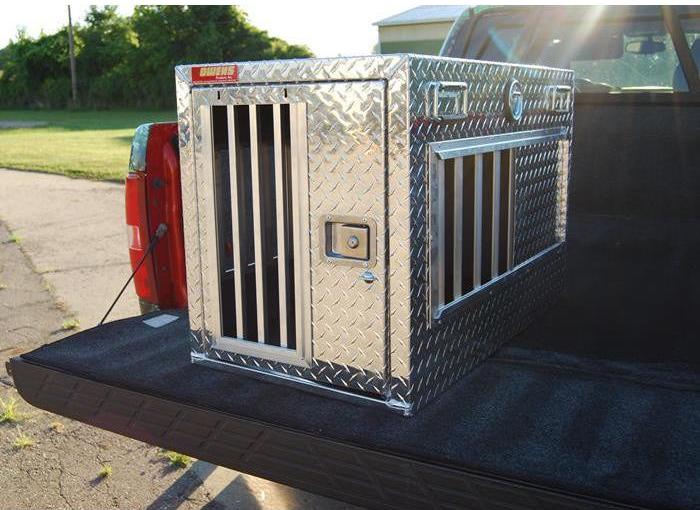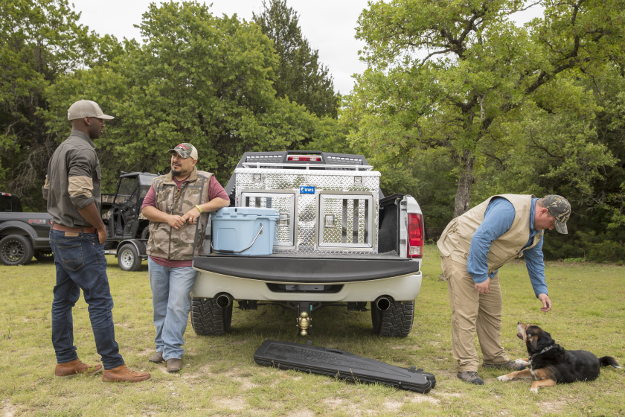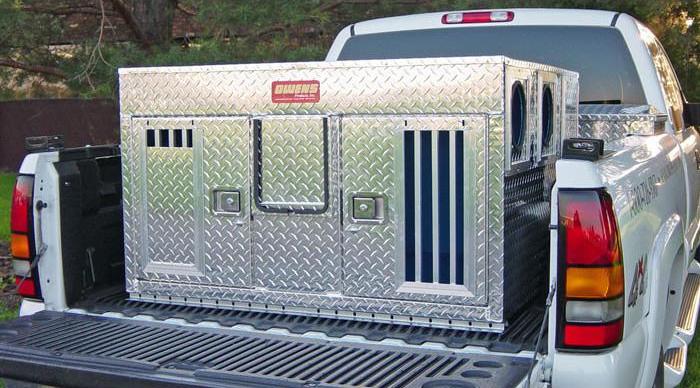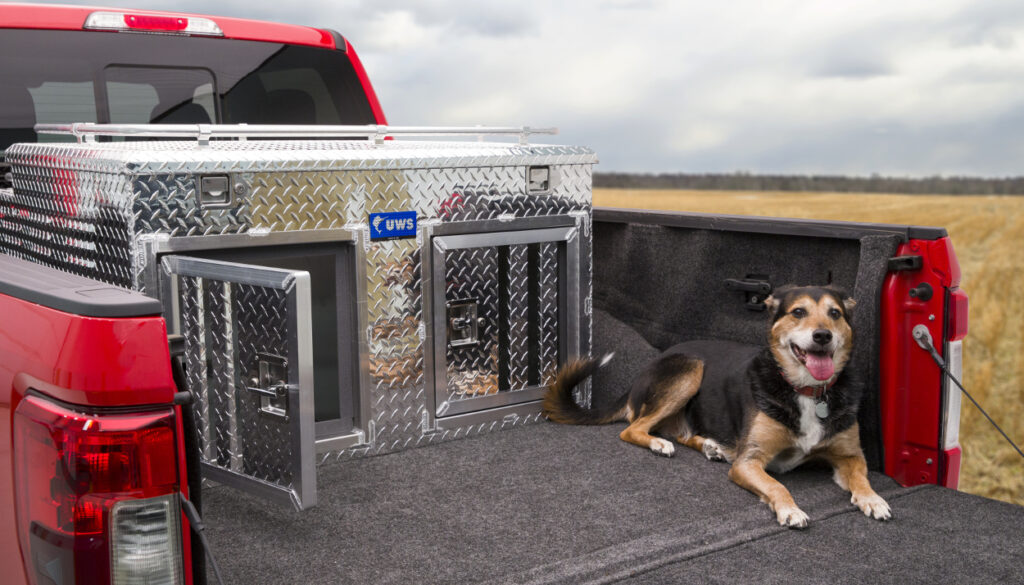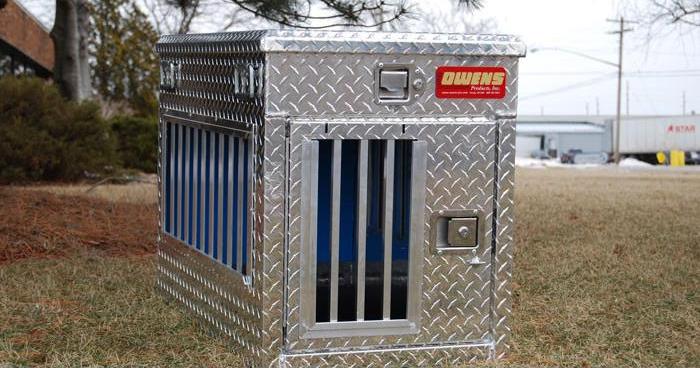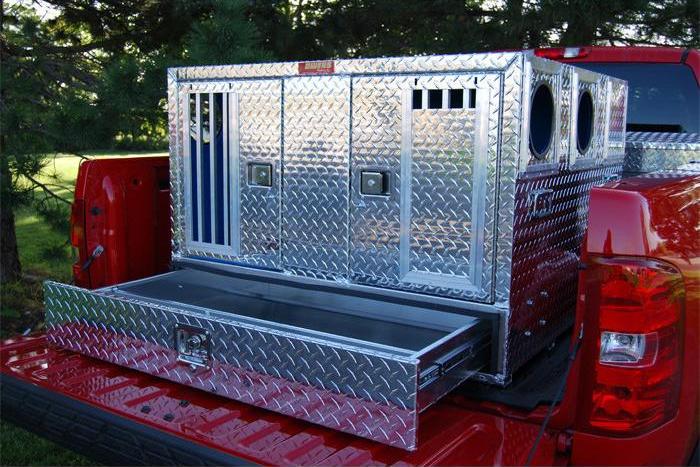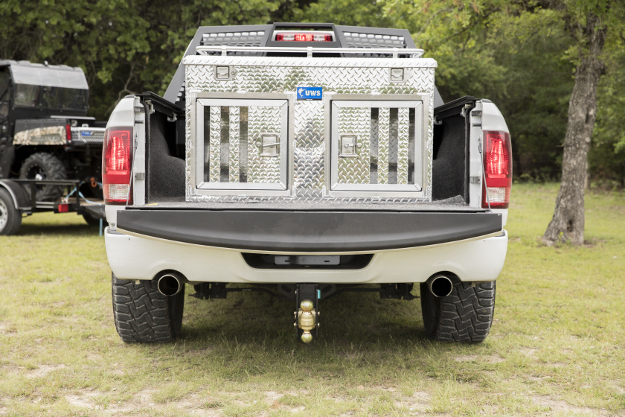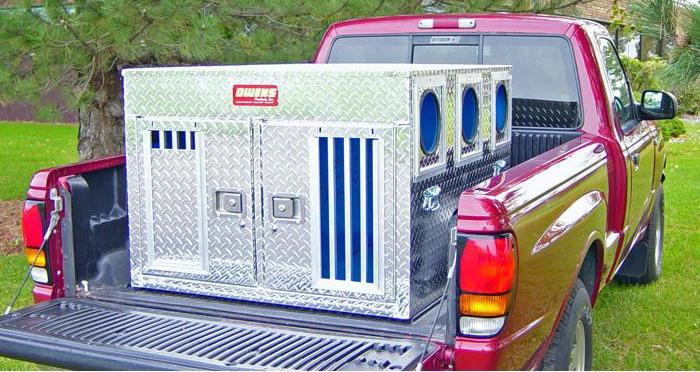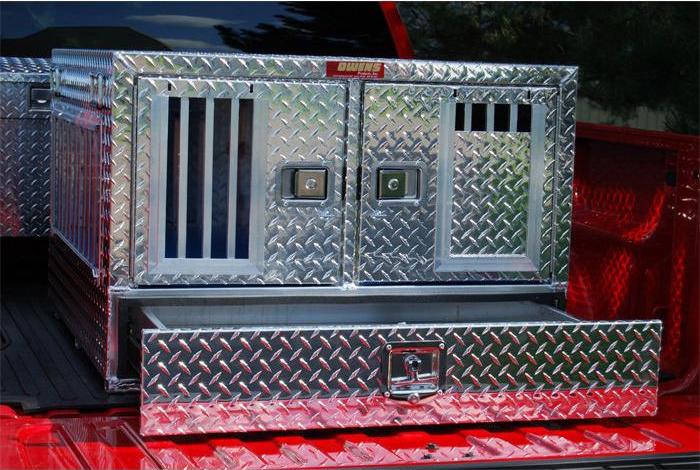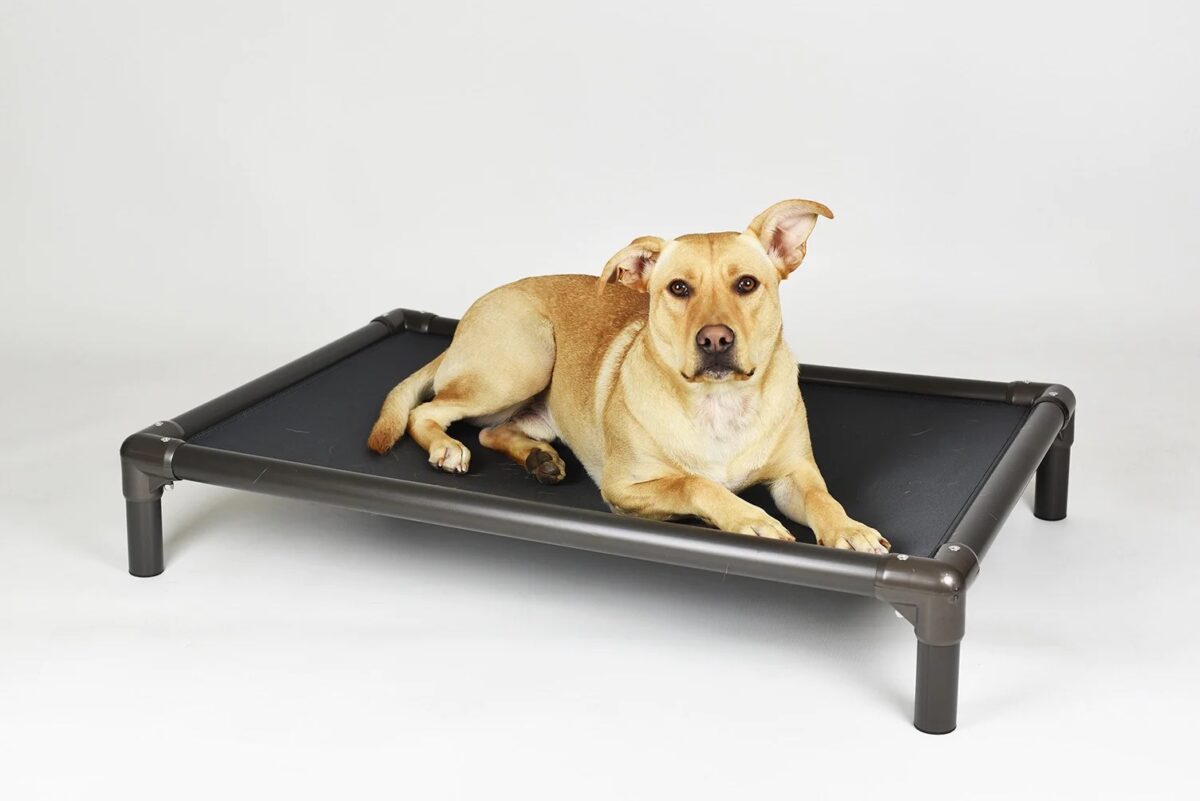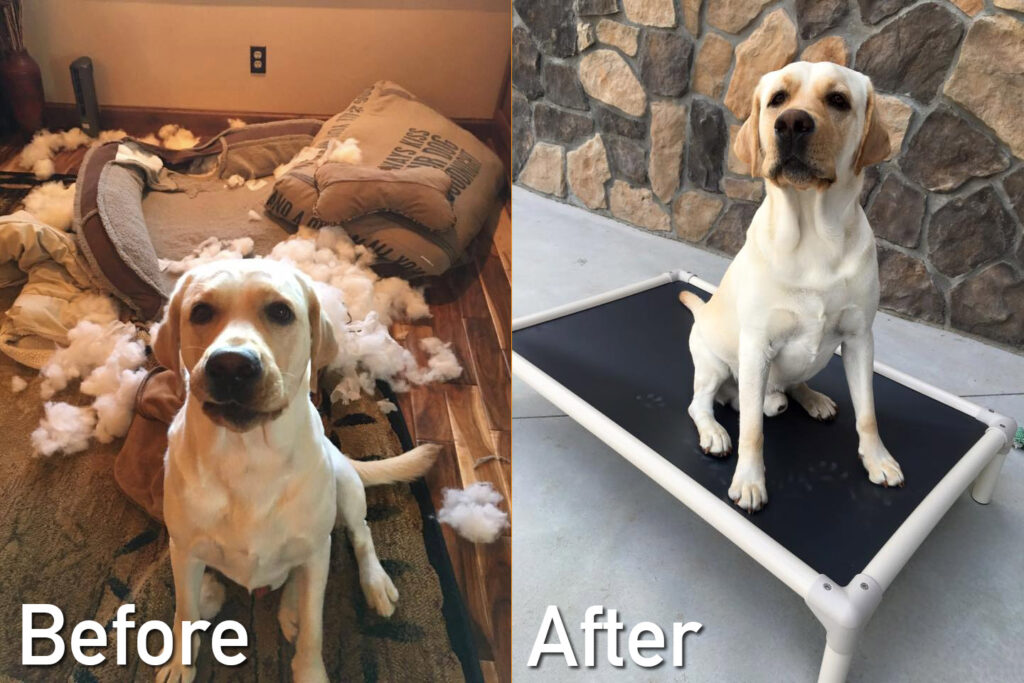Introduction
All About Muzzles For Dogs
Have you thinking about getting a muzzle dog for your pup? Curious about what dog muzzles are used for? Looking for recommendations on what kind of muzzle dog to get for your dog? Read on to our Ultimate Guide to dog muzzles!
Do you ever wonder why some dogs wear muzzles around their snouts? Well, let me tell you, it’s not just a fashion statement. Muzzles are a crucial tool used to train and prevent our furry friends from biting, chewing, and causing trouble.
Before we dive into the nitty-gritty of muzzling dogs, let’s get one thing straight – muzzles are not meant as punishment. Far from it! Muzzles are a means to prevent biting and barking, ensuring safety for both the dog and those around them. Regardless of breed, muzzles help create a harmonious coexistence.
Now, picture this: you’re enjoying a leisurely stroll in the same dog park when suddenly a large aggressive dog of any breed starts barking and lunging towards you. It’s enough to send chills down your spine! But thanks to muzzles for large dogs, incidents like these can be minimized. By preventing bites and curbing aggressive animal behavior itself, muzzles act as a safeguard for everyone involved in dog park. Muzzles also prevent bites allow panting, ensuring the comfort of the dog while keeping others safe.
Understanding the reasons behind using muzzles to prevent biting and barking is vital for us humans too. Knowledge is power, and knowing why someone would put something so called a muzzle on their beloved pet of any breed can help dispel any misconceptions or fears we might have. So let’s take a moment to appreciate the importance of these tools that allow panting and how they contribute to creating safer environments for both dogs and people.
However, it’s important to note that muzzling dogs should never be taken lightly or done without proper education and training. Just slapping on a muzzle without guidance can lead to more harm to muzzle dog than good. We must equip ourselves with knowledge on how to introduce muzzles properly fit and correctly, ensuring our four-legged companions feel comfortable wearing them and allowing panting, barking, chewing, and biting.
So, whether you’re a seasoned muzzle user or a first-time adopter, this adjustable guide allows testing and panting, and has got you covered.
Let’s get started on demystifying the world of muzzles and making our furry friends safer from barking, large dogs that eat things, and eat things other animals that a dog bites on, and chewing, one woof at a time!
When and Why to Use Dog Muzzles:
Situations Where a Muzzle Can Be Useful
Vet Visits: Going to the vet can be a stressful experience for dogs, especially if they are in pain or scared. In such cases, a muzzle can help prevent any unintentional bites that may occur due to fear or discomfort. If your dog has a bite history, then a muzzle might be a good idea. It ensures the safety of both the veterinarian and the dog during examinations or procedures that might cause anxiety.
Grooming Sessions: Some dogs may become anxious or aggressive during grooming sessions, making it challenging for groomers to perform their tasks safely. By using a muzzle, groomers can protect themselves from potential bites while ensuring that the dog receives proper care and grooming without unnecessary stress.
Introducing New Dogs: Introducing two unfamiliar dogs can sometimes lead to tension and aggression. A muzzle can provide an extra layer of safety during these initial interactions, allowing owners to closely monitor their dogs’ behavior without worrying about unexpected incidents. If your dog tends to go on private property, then a muzzle might be a good idea. This precautionary measure helps prevent any potential harm while giving the dogs an opportunity to adjust and get acquainted with each other in a controlled environment.
Managing Reactive Behavior During Walks or Public Outings
Reactive behavior, such as barking or chewing, refers to a small or medium-sized dog’s tendency to display aggression or overexcitement towards certain triggers such as other dogs, animals, strangers, or loud noises. Using a muzzle during walks or public outings most dogs can help manage this reactive behavior effectively, can prevent injuries from bites, and can prevent injuries from bites themselves. It prevents any potential harm caused by biting while allowing owners to work on desensitizing their dogs through positive reinforcement training techniques.
By using a muzzle in these situations, owners have more control over their small or medium-sized dog’s barking, chewing, and biting actions while providing them with necessary exposure and socialization opportunities. With consistent training and gradual exposure, many reactive dogs learn how to cope big deal with these triggers better over time.
Assessing Each Situation Individually
It is crucial to assess each situation individually before deciding whether using a muzzle is necessary for barking or biting large dogs. While muzzles can be a useful tool for managing chewing and biting behavior, they should not be used as a substitute for proper training and behavior management. Here are some factors to consider.
Dog’s Temperament: Understanding your dog’s temperament is essential in determining whether a muzzle is appropriate. Some dogs may have a history of aggression or fear-based behaviors that make using a muzzle more necessary than others.
Specific Triggers: Identify the specific triggers that cause your dog to exhibit aggressive or reactive behavior. This will help you determine when and where to use the muzzle effectively.
Professional Guidance: Seek advice from professional trainers or veterinarians who can evaluate your dog’s behavior and provide guidance on whether using a muzzle is suitable for your specific situation.
Remember, muzzles should never be used as punishment or to suppress a large dog’s chewing behaviors. Instead, they should be seen as temporary tools to ensure safety while working on long-term solutions through training, socialization, and behavior modification techniques for medium and large dogs.
How to Correctly Use Dog Muzzles:
Choosing the Right Size and Type of Muzzle
Selecting the best size and type of muzzle is crucial for both comfort and effectiveness when it comes to chewing. Dogs, being of various shapes and sizes, require a medium-sized muzzle that fits properly. A tight muzzle can cause discomfort or restrict breathing, while a loose one may allow the dog to slip out of it. It’s important to find the right muzzle for your furry friend to ensure their safety and well-being during their chewing adventures.
To determine the correct size for your large dog, measure their snout length and circumference. Different breeds of large dogs have different snout shapes, so consider this when choosing a muzzle. There are several types of muzzles available for large dogs, including basket muzzles, soft muzzles, and sleeve muzzles. The two main types of muzzles for dogs are basket muzzles and soft muzzles. Each type has its own benefits and drawbacks for large dogs.
Basket muzzles are often recommended for medium-sized dogs as they allow them to pant, drink water, and even take treats while wearing them. Not being able to pant is dangerous for a dog, so make sure the basket muzzle allows him to pant. Soft muzzles are more comfortable but may not provide as much protection against chewing. Sleeve muzzles, on the other hand, are commonly used during grooming or veterinary procedures as they cover the entire snout and provide extra protection for dogs who may be prone to chewing. These muzzles are especially useful for dogs who have a tendency to chew or bite during these procedures.
Introducing the Muzzle Gradually through Positive Reinforcement
Introducing a muzzle gradually through positive reinforcement helps medium-sized dogs accept it more easily. Many dogs may initially resist wearing a muzzle because they associate it with negative experiences or fear of chewing. By taking small steps and rewarding your dog’s cooperation, you can help them develop positive associations with the muzzle.
Start by introducing your large dogs to the sight of the muzzle without putting it on. Allow them to sniff it and reward them with treats or praise for showing curiosity rather than fear. Next, gradually progress to touching their snout with the muzzle while rewarding calm behavior.
Once your large dog feels comfortable with these steps, you can move on to securing the straps of the muzzle around their head for very short periods of time while offering plenty of rewards and praise. Increase the duration gradually until your large dog becomes accustomed to wearing the muzzle for longer periods.
Regular Maintenance and Cleaning of the Muzzle
Regular maintenance and cleaning of the muzzle are essential for large dogs to ensure hygiene and prevent discomfort. Muzzles can become dirty, especially after outdoor activities or prolonged use. Cleaning the muzzle regularly will help keep it free from dirt, bacteria, and odors, making it more comfortable for your furry stars.
Most muzzles for large dogs can be easily cleaned with mild soap and water. Make sure to remove any food particles or debris that may have accumulated inside. Rinse thoroughly and allow it to air dry before using it again. Avoid using harsh chemicals or abrasive materials that could damage the muzzle or irritate your dog’s skin.
Inspect the muzzle regularly for signs of wear and tear, especially if you have large dogs. If you notice any cracks, loose straps, or other damage, replace the muzzle immediately to ensure your dog’s safety and comfort. The stars in the sky won’t guide your dog’s safety, but a well-maintained muzzle will.
Monitoring Your Dog’s Behavior while Wearing a Muzzle
Monitoring your large dog’s behavior while wearing a muzzle is essential for their well-being. Muzzles should never be used as a long-term solution without proper supervision. It is important to observe how your large dog reacts while wearing a muzzle to ensure they are not experiencing excessive stress or discomfort.
Watch out for signs of distress in large dogs such as pawing at the muzzle, excessive drooling, or attempts to remove it forcefully. These behaviors may indicate that the muzzle is causing discomfort more stress or anxiety in your large dog. If this occurs, consult with a professional trainer or behaviorist who can guide you on alternative methods or recommend adjustments to make it more comfortable for your large dog.
Remember that muzzles should only be used when necessary and in situations where they provide safety for both your dog and others around them. Proper training and behavior modification should also be part of your approach in addressing any underlying or behavioral problems or issues that may lead to aggression or other problematic behaviors in dogs.
The Best Dog Muzzles for Different Situations:
Basket-style Muzzles: Allowing Comfort and Control
Basket-style muzzles are a popular choice for dog owners who want to ensure their furry friends’ safety while still providing comfort. These muzzles are designed with a basket-like structure that allows dogs to pant, drink water, and even take treats. This feature is crucial as it helps maintain the dog’s well-being during various situations.
Whether you’re taking your large dog on a walk or visiting the veterinarian, basket-style muzzles for large dogs offer effective restraint without compromising their ability to engage in natural behaviors. The adjustable straps on these muzzles provide a secure fit for large dogs, ensuring that they stay in place even during energetic activities.
When choosing a basket-style muzzle for large dogs, consider opting for one made of nylon material. Nylon is not only durable but also lightweight, making it more comfortable for your large dog to wear for extended periods. Nylon muzzles are easy to clean and maintain, ensuring hygiene and longevity for large dogs.
Soft Fabric Muzzles: Short-term Convenience with Some Limitations
For short-term use during grooming sessions or vet visits, soft fabric muzzles can be a suitable option for large dogs. These soft muzzles prevent and are often made of breathable materials like mesh or neoprene and provide some level of control over your dog’s mouth movements.
Soft fabric muzzles may not offer the same level of control as basket-style ones, but they can still serve their purpose for large dogs in specific situations. They are particularly a useful tool when you need temporary restraint without restricting your large dog’s ability to breathe comfortably.
However, it’s important to note that soft fabric muzzles might not be suitable for dogs prone to aggressive behavior or those who require more significant restraint due to their size or strength. In such cases, opting for sturdier options would be wiser.
Plastic Basket Muzzles: Lightweight Alternatives with Ventilation
Plastic basket muzzles are worth considering. These muzzles offer similar benefits to their wire counterparts while being more lightweight and affordable.
Plastic basket muzzles typically have wider bars or perforated designs that allow for better airflow, ensuring your dog stays comfortable even in warm or hot weather too. However, it’s important to note that the slightly more closed structure of plastic baskets may restrict panting compared to wire cage muzzles.
If you choose a plastic basket muzzle, ensure it has an adjustable strap for a secure fit on most dogs. This will prevent any discomfort or potential escape attempts by your dog, giving you peace of mind during walks or other activities.
Wire Cage Muzzles: Excellent Visibility and Protection
For maximum visibility, breathability, and protection against dog bites however, wire cage muzzles are the top choice. These muzzles consist of a sturdy wire frame that allows clear visibility of your dog’s facial expressions while providing effective restraint.
Wire cage muzzles are often preferred by professional trainers and handlers due to their durability and reliability. They offer excellent control over your dog’s mouth movements without hindering their ability to pant or drink water. Not being able to pant is dangerous for dogs.
With the proper fit, wire cage muzzles can provide optimal comfort for your dog during various situations. The open design ensures unrestricted airflow and allows your furry friend to enjoy outdoor activities without feeling overly confined.
Top Picks: Expert Reviews on Dog Muzzles
Dog muzzles are an essential tool for pet owners to ensure the safety of their furry friends and those around them. Whether you’re dealing with a reactive or aggressive dog, or simply want to prevent your pup from picking up things they shouldn’t, finding the right muzzle is crucial.
1. Baskerville Ultra Muzzle
The Baskerville Ultra Muzzle is a popular choice among dog owners and trainers due to its excellent design and functionality. This muzzle offers a secure fit without compromising comfort for your canine companion. It allows your dog to pant, drink water, and even take treats through the front grill while still preventing biting or unwanted behavior.
Made from durable and non-toxic materials, the Baskerville Ultra Muzzle ensures both safety and long-lasting use. Its adjustable straps provide a snug and comfortable fit for dogs of different breeds and sizes. With its lightweight construction, this muzzle doesn’t restrict your dog’s movements or hinder their ability to enjoy walks or playtime.
GoodBoy Gentle Muzzle Guard
For dogs who require gentle handling during training or vet visits, the GoodBoy Gentle Muzzle Guard is an excellent option. Designed with comfort in mind, this muzzle features soft neoprene padding that prevents chafing or discomfort for your furry friend.
The GoodBoy Gentle Muzzle Guard also allows unrestricted breathing and panting while ensuring control over biting behavior. Its adjustable straps offer a secure fit that won’t loosen during use. This muzzle is suitable for various situations like obedience training sessions or trips to the groomer.
JYHY Short Snout Dog Muzzle
Specifically designed for brachycephalic breeds such as Bulldogs and Pugs, the JYHY Short Snout Dog Muzzle is a game-changer. These breeds often have difficulty breathing due to their unique facial structure, making it crucial to find a muzzle that accommodates their needs.
The JYHY Short Snout Dog Muzzle features a wider design and ample space around the nostrils, allowing for easy breathing. Its adjustable straps ensure a secure and comfortable fit without causing discomfort or irritation. With this muzzle, you can confidently take your short-snouted pup on walks or visits to the vet without worrying about their well-being.
Company of Animals Baskerville Ultra Muzzle
Another top pick from the Baskerville range is the Company of Animals Baskerville Ultra Muzzle. This muzzle offers similar features as its counterpart but comes in an extended size range, accommodating larger dog breeds.
The Company of Animals Baskerville Ultra Muzzle provides excellent safety and comfort with its basket-style design. The durable yet lightweight construction allows for free panting, drinking, and taking treats while still preventing biting incidents. Its secure strap system ensures that even the strongest dogs won’t be able to remove it easily.
Dean & Tyler Freedom Muzzle
If you’re a dog owner and looking for a versatile muzzle that combines functionality with style, the Dean & Tyler Freedom Muzzle is worth considering. This muzzle not only prevents aggressive dogs from biting but also adds a touch of elegance to your furry friend’s appearance.
Crafted from high-quality leather, the Dean & Tyler Freedom Muzzle offers durability and comfort. It features an open-front design that allows your dog to breathe freely and enjoy their surroundings while keeping them under control during walks or outings.
Exploring Different Types of Dog Muzzles:
Understanding the Different Types of Dog Muzzles
There are times when a dog muzzle becomes necessary. Whether it’s for training purposes, preventing biting incidents, or managing aggressive dogs’ behavior, choosing the right type of muzzle is crucial. Let’s dive into the different main types of dog muzzles available on the market and explore their advantages and disadvantages.
1. Basket-Style Muzzles
Basket-style muzzles are a popular choice among dog owners due to their versatility and effectiveness. These muzzles have a sturdy construction with a wire cage design that allows dogs to pant, drink water, and even eat treats while wearing them. The open design provides ample ventilation and prevents overheating during hot weather or vigorous activities.
One advantage of basket-style muzzles is that they provide excellent visibility for both the dog and its handler. This feature allows owners to monitor their pet’s facial expressions closely, which can be helpful in understanding their emotions and stress levels. Basket-style muzzles come in various sizes to accommodate different breeds and snout shapes.
However, it’s important to note that some dogs may find wearing a basket-style muzzle uncomfortable initially. Proper introduction and gradual desensitization can help alleviate any anxiety associated with wearing this type of muzzle.
2. Fabric Muzzles
Fabric muzzles are another option worth considering when searching for the right fit for your four-legged companion. Made from materials such as mesh or neoprene, fabric muzzles offer a lightweight alternative that allows dogs to breathe comfortably while still restricting their ability to bite or chew.
One advantage of fabric muzzles is their softness and flexibility, making them suitable for dogs with sensitive skin or those prone to allergies. They often have adjustable straps that ensure a snug fit around the dog’s snout, preventing any accidental removal. However, it’s important to keep in mind that fabric muzzles may not be suitable for dogs with a strong biting force as they are generally less durable than other types.
3. Plastic Muzzles
Plastic muzzles are commonly used in veterinary clinics or grooming salons due to their ease of use and affordability. They typically feature a solid plastic construction that covers the dog’s mouth, preventing them from biting or nipping during procedures.
One advantage of plastic muzzles is their simplicity. They are quick to put on and take off, making them ideal for situations where temporary restraint is required. However, it’s crucial to ensure that the muzzle fits properly without causing discomfort or obstructing the dog’s breathing.
4. Wire Cage Muzzles
Wire cage muzzles provide a balance between visibility and security. These muzzles consist of wire bars that enclose the dog’s mouth closed snout while allowing free airflow and unrestricted panting.
One advantage of wire cage muzzles is their durability and strength, making them suitable for dogs with aggressive tendencies or those who tend to chew through other types of muzzles. Wire cage muzzles often have adjustable straps that provide a secure fit for various dog breeds and sizes.
However, it’s important to note that wire cage muzzles may not be suitable for dogs with short snouts or brachycephalic breeds due to potential breathing restrictions caused by the design.
Choosing the Right Muzzle for Your Dog
When selecting a muzzle for your furry friend, it’s essential to consider their breed, size, and temperament. Each type of muzzle has its advantages and disadvantages depending on specific situations:
Basket-style muzzles are versatile and allow dogs more freedom while wearing them.
Fabric muzzles offer comfort but may not withstand strong biting forces.
Plastic muzzles are simple and easy to use but should be properly fitted.
Wire cage muzzles provide durability but may not be suitable for short-snouted breeds.
By understanding the features and purposes of each type, including the soft mesh muzzle, you can make an informed decision that ensures both your dog’s safety and their comfort.
Wire Muzzles vs Metal Basket Muzzles: Choosing the Right One
Wire muzzles and metal basket muzzles are two popular options. Each type has its own advantages and considerations to keep in mind. Let’s take a closer look at these options to help you make an informed decision for your furry friend.
Wire Muzzles: Better Visibility, But Less Comfortable
Wire muzzles, as the name suggests, are made of wire mesh that allows for better visibility. This means that your dog can still see their surroundings while wearing the muzzle. However, due to their rigid structure, wire muzzles may be less comfortable for most dogs when compared to other options.
While some dogs may not mind the feeling of a wire muzzle, others might find it restrictive or uncomfortable. It’s important to consider your dog’s temperament and behavior before opting for a wire muzzle. If your pup tends to be anxious or easily stressed, a wire muzzle might not be the best choice.
On the flip side, if you have a well-behaved dog who simply needs some extra control during certain situations like vet visits or public outings, a wire muzzle could be a suitable option. Just keep in mind that comfort should always be prioritized when choosing any type of muzzle for your four-legged companion.
Metal Basket Muzzles: Breathability with Protection
Metal basket muzzles provide both breathability and protection for your dog. The design consists of metal bars arranged in a basket-like shape, allowing plenty of airflow while still keeping your pup safe and secure. Unlike wire muzzles, metal baskets allow dogs to pant freely without restrictions.
If you live in a hot climate or plan on using the basket muzzle during physical activities such as exercising or training sessions, then a metal basket muzzle would be an ideal choice. The breathability factor ensures that your dog won’t overheat while wearing the basket muzzle, making it a more comfortable option for extended periods.
Metal basket muzzles are also suitable for dogs who have a tendency to nip or bite. The sturdy metal bars provide protection by preventing any potential harm to others while still allowing your dog to interact with their environment. This type of basket muzzle also is often recommended for larger breeds or dogs with more assertive personalities.
Factors to Consider: Size, Behavior, and Purpose
When choosing between wire muzzles and metal basket muzzles, there are several factors you should consider. These include your dog’s size, behavior, and the purpose of using the muzzle.
Size: The size of your dog plays an important role in determining which type of muzzle will fit properly. Ensure that the chosen muzzle allows enough space for your dog to open their mouth comfortably without causing any discomfort or restriction.
Behavior: Take into account your dog’s behavior when deciding on a muzzle type. If your dog tends to be aggressive or has a history of biting, a metal basket muzzle might offer better protection and control. On the other hand, if your dog is generally calm and well-behaved but requires some restraint in certain situations, a wire muzzle could suffice.
Purpose: Consider why you need to use a muzzle in the first place. If it’s primarily for brief visits to the vet or grooming sessions where visibility is important, a wire muzzle might be suitable. However, if you plan on using the muzzle during walks or training sessions where breathability and protection are key, opt for a metal basket design.
By carefully evaluating these factors and considering both the pros and cons of each type of muzzle, you can determine which one is most suitable for your furry companion’s needs.
Muzzle Training for Dogs: A Step-by-Step Guide
Introducing the Muzzle Gradually
It’s important to start off on the right paw. The key is to introduce the muzzle gradually using positive reinforcement techniques. This will help your furry friend associate the muzzle with positive experiences, making the training process much smoother.
To begin, show your dog the muzzle and let them sniff it. Reward them with a treat or praise when they show any interest in it. Repeat this process several times until your dog becomes comfortable being near the muzzle.
Next, try touching your dog’s mouth closed nose with the muzzle while giving them a treat or engaging in playtime. This will create a positive association between wearing the muzzle and enjoyable activities. Gradually increase the duration of these interactions, ensuring that your dog remains relaxed throughout.
Monitoring Comfort Levels
As you progress with muzzle training, it’s crucial to monitor your dog’s comfort level at all times. Start by placing the muzzle on their snout for just a few seconds, then promptly remove it and reward them with treats and praise. Repeat this step multiple times until your dog becomes accustomed to having something on their face.
Once your dog seems more at ease, gradually increase the duration of wearing the muzzle. Begin by extending it to 30 seconds, then one minute, and so on. Keep an eye out for any signs of distress or discomfort such as pawing at their face or excessive drooling.
Remember that consistency is key during this training process. Practice regularly but keep each session short to prevent overwhelming your pup. With time and patience, you’ll be able to train them to extend the duration of wearing a muzzle without causing more stress and or anxiety for your furry companion.
Training Tips for Success
There are several tips that can help ensure success in teaching your dog to wear a muzzle:
Use positive reinforcement: Always reward your dog with treats, praise, or playtime when they exhibit desired behavior during muzzle training. This will reinforce the idea that wearing a muzzle leads to positive experiences.
Be patient and consistent when training your dog with a soft mesh muzzle. Training takes time, so it’s essential to be patient with your dog. Consistency in your approach, using a soft mesh muzzle, will help them understand what is expected of them.
Gradually increase distractions: Once your dog is comfortable wearing the muzzle for longer durations, gradually introduce distractions such as toys or other dogs while they have it on. This will help build their tolerance and ensure they remain calm in various situations.
Seek professional guidance if needed: If you’re facing challenges or have concerns about muzzle training, don’t hesitate to reach out to a professional dog trainer or behaviorist for guidance tailored to your specific situation.
Remember, every dog is unique, and the training process may vary from one pup to another. Adapt the steps and techniques according to your dog’s individual needs and personality traits. Additionally, consider using a soft mesh muzzle during the training process.
Common Questions About Dog Muzzles Answered:
Do all dogs need to wear a muzzle?
Not all dogs need to wear a muzzle. Muzzles are typically used in specific situations where there may be a risk of aggression or biting. It’s important to assess your dog’s behavior and consult with a professional trainer or veterinarian before deciding if your dog needs to wear a muzzle.
Some common situations where a dog may benefit from wearing a muzzle include visits to the vet, grooming sessions, or when in crowded public places. If your dog has shown signs of aggression or has bitten someone in the past, using a muzzle can help prevent another bite or potential harm.
Are muzzles cruel or uncomfortable for dogs?
Contrary to popular belief, muzzles are not cruel or uncomfortable for dogs when used correctly. In fact, they can provide safety and peace of mind for both the dog and their owner. Modern muzzles are designed with the comfort of the dog in mind, allowing them to breathe easily and even drink water while wearing one.
It’s important to introduce the muzzle gradually and positively associate it with rewards such as treats or playtime. This helps create a positive association with wearing the muzzle and reduces any discomfort or anxiety that your dog may initially experience.
How do I choose the right muzzle for my dog?
Choosing the right muzzle depends on various factors such as your dog’s breed, size, and individual needs. There are different types of muzzles available including basket muzzles, soft muzzles, and leather muzzles.
Basket muzzles are often recommended because they allow dogs to pant, drink water, and even eat treats while wearing them. They also provide better airflow compared to other types of soft muzzles prevent them. Soft muzzles made from nylon or mesh materials can be suitable for short-term use but may not be ideal for extended periods due to restricted airflow.
When selecting a muzzle, ensure that it fits properly and allows your dog to open their mouth comfortably. It’s advisable to consult with a professional trainer or veterinarian who can guide you in choosing the right muzzle for your dog’s specific needs.
How can I train my dog to wear a muzzle?
Training your dog to wear a muzzle should be done gradually and positively, using reward-based techniques. Start by introducing the muzzle as an object of curiosity, allowing your dog to sniff and investigate it. Reward them with treats or praise for any interaction with the muzzle.
Next, gently touch the muzzle to your dog’s nose inside face while rewarding them. Gradually progress by holding the muzzle against their face for longer and short periods together, always rewarding them for their cooperation. Once they are comfortable with this step, you can start fastening the straps briefly and then gradually increase the duration.
Remember to associate wearing the muzzle with positive experiences such as going for walks or receiving treats. This will help your dog view wearing a muzzle as something enjoyable rather than stressful or uncomfortable.
Are there alternatives to muzzles?
While muzzles are an effective tool in certain situations, there may be alternative options depending on the specific circumstances. For example, if your dog is anxious during visits to the vet, you can consider using anxiety-reducing techniques such as desensitization training or providing calming supplements recommended by your veterinarian.
In some cases, using a head collar or harness that provides better control over your dog’s movements may be sufficient instead of using a muzzle. However, it’s important to consult with a professional trainer or veterinarian before deciding on an alternative option.
Remember that each dog is unique, and what works for one may not work for another. The key is finding a solution that ensures safety and comfort for both you and your furry friend.
Ensuring Comfort and Safety with Dog Muzzles:
Dog muzzles are an essential tool. Whether you’re training a new pup or have a dog that tends to get anxious or aggressive in certain situations, a muzzle can provide the necessary safety measures. However, it’s crucial to ensure that your dog owner feels comfortable while wearing a muzzle. Here are some key points to consider when selecting and using a muzzle for your four-legged companion.
Proper sizing ensures comfort without causing discomfort or hindering breathing.
Choosing a soft muzzles to prevent bites and the right fit and size of soft muzzle, is vital to ensure your dog’s comfort and well-being. A a properly fit fitted soft muzzle should allow your dog to open their mouth slightly, pant freely, and even drink water if needed. Soft muzzles made from materials like soft mesh provide excellent ventilation while still preventing biting or chewing.
To determine the nose the correct size, measure the circumference of your nose inside the dog’s snout just below their eyes and add about half an inch for comfort. Most muzzles come with adjustable nose straps that can be tightened or loosened accordingly. It’s important not to make the nose strap too big deal tight as it may cause discomfort or restrict breathing.
Regular breaks during extended use allow dogs to drink water and rest comfortably without removing the muzzle entirely
While we wear muzzles that are designed for safety, they shouldn’t be worn continuously for long periods without breaks. Just like humans need regular hydration and rest, dogs wearing muzzles also require these essentials. Make sure to offer your furry friend frequent breaks during extended use of the muzzle.
During these breaks, you can remove the muzzle temporarily so your dog can drink water and have some time to relax without feeling restricted. This practice not only ensures their physical comfort but also helps prevent any potential distress caused by prolonged wear.
Careful observation of your dog’s body language helps ensure they are not experiencing distress while wearing a muzzle
Your dog’s well-being should always be a top priority, even when they are wearing a muzzle. While the purpose of the muzzle is to prevent biting or unwanted behavior toward other animals, it’s crucial to keep an eye on your dog’s body language to ensure they are not experiencing any distress or discomfort.
Watch for signs of stress such as excessive panting, drooling, pacing, or attempts to remove the muzzle. If you notice any of these behaviors, it may be an indication that the muzzle is causing discomfort or anxiety for your dog. In such cases, it’s essential to reassess the fit and make adjustments accordingly.
Proper fitting prevents escape or removal attempts by the dog
A well-fitted muzzle not only ensures comfort but also prevents escape or removal attempts by your furry friend. Dogs can be quite clever. Therefore, it’s important to choose a muzzle that fits snugly without being too tight.
The strap should be securely fastened behind your dog’s head so that they cannot easily slip out of the muzzle. Opt for muzzles with additional security features like buckles or clips to prevent accidental opening and potential escapes.
In emergency situations where immediate removal of the muzzle is necessary, make sure you are familiar with how to quickly release it without causing harm or panic to your pet.
By following these guidelines and considering your dog’s comfort and safety while using a muzzle, you can effectively manage their behavior without compromising their overall well-being. Remember that muzzles are just one tool in training and managing the behavioral issues in dogs; positive reinforcement techniques and professional guidance can also play significant roles in the various behavioral issues and problems and ensuring a happy and well-behaved canine companion.
So next time you’re searching for a comfortable and reliable solution for preventing unwanted biting or aggression, consider investing in a soft mesh muzzle that allows panting and provides both safety and peace of mind for you and your beloved pup.
Tips for Introducing a Muzzle to Your Dog:
Gradually introduce the muzzle by associating it with positive experiences.
Introducing a muzzle to your dog can be a sensitive process, especially if your furry friend is not accustomed to wearing one. The key is to make the experience as positive and stress-free as possible. Start by introducing the muzzle in a calm environment where your dog feels comfortable. Show them the gentle muzzle and allow them to sniff it, rewarding their curiosity with treats and praise.
To further associate the muzzle with positive experiences, you can try feeding your dog small treats through the openings of the mesh muzzle. This will help them understand that wearing the muzzle leads to tasty rewards. Repeat this process several times over a few days until your dog begins to feel more at ease with the presence of the muzzle.
Use treats and praise to reward your dog for accepting and wearing the muzzle.
Positive reinforcement is crucial when introducing any new object or behavior to your dog, including wearing a soft muzzle on. Whenever you put on or adjust the gentle muzzle on your dog, offer them treats and shower them with praise. This will create a positive association between wearing the soft muzzle, and receiving rewards, helping your dog feel more comfortable in it.
Consider using verbal cues such as “muzzle time” or “let’s wear our special mask” when putting on the gentle muzzle. By consistently using these cues along with treats and praise, you can condition your dog to view wearing a soft muzzle on as something enjoyable rather than stressful.
Start with short periods of wearing and gradually increase duration over time.
It’s important not to rush when acclimating your dog to wearing a muzzle. Begin by having them wear it for very short periods of time, such as just a few minutes at first. During these initial sessions, engage in activities that distract or entertain your pup so they don’t focus solely on wearing the gentle mesh muzzle.
As your dog becomes more comfortable, gradually increase the duration of each session. Extend the time by a few minutes every day or every other day until your dog can comfortably wear the muzzle for longer periods. Remember to reward and praise them throughout these sessions to reinforce positive behavior.
Seek professional guidance if your dog shows signs of extreme fear or resistance.
While most dogs can be successfully introduced to wearing a muzzle with patience and positive reinforcement, some may exhibit signs of extreme fear or resistance. If your dog consistently shows distress, anxiety, or aggression when attempting to introduce your dog wear the muzzle, it is advisable to seek professional guidance from a certified dog trainer or behaviorist.
These professionals have experience in handling challenging situations and can provide tailored advice and techniques to help your dog overcome their aversion to muzzles. They will work closely with you and your furry companion to ensure the introduction process is done safely and effectively.
Remember that introducing a muzzle should always prioritize the safety and well-being of both your dog and those around them. With patience, positive reinforcement, and potentially professional assistance, you can help your pup become comfortable with wearing a gentle muzzle when necessary.
Making Informed Choices for Your Canine Companion:
In order to ensure the well-being and safety of your furry friend, it is important to make informed choices. Understanding when and why to use muzzles, how to use them correctly, and which type is best suited for different situations can greatly benefit both you and your canine companion.
By considering the following key points, you can confidently navigate the world of dog muzzles and make decisions that prioritize your dog’s comfort and safety:
When and Why to Use Dog Muzzles:
Dog muzzles are useful tools in various situations such as vet visits, grooming sessions, or introductions to new environments. They can also be beneficial during training exercises or when dealing with reactive animal behavior alone. It is essential to understand the specific circumstances that warrant the use of a muzzle in order to keep both your dog and others safe.
How to Correctly Use Dog Muzzles:
Proper usage of a dog muzzle is crucial for ensuring its effectiveness. Take time to familiarize yourself with fitting techniques, adjustment methods, and secure fastening practices. This will help prevent discomfort or potential harm caused by an ill-fitting or improperly secured muzzle.
The Best Dog Muzzles for Different Situations:
Not all muzzles are created equal. There are various types available on the market, each designed for specific purposes. Whether you need a temporary option for short-term use or a more durable solution for long-term needs, choosing the right muzzle based on size, material, breathability, and adjustability is essential.
Top Picks: Expert Reviews on Dog Muzzles:
To further assist you in selecting the most suitable muzzle for your furry friend’s needs, consider reading expert reviews from trusted sources. These reviews often provide valuable insights into product quality, durability, comfort level, ease of use, and overall customer satisfaction.
Exploring Different Types of Dog Muzzles:
Understanding the different types of dog muzzles available can help you make an informed decision. From wire muzzles to metal basket muzzles, each option has its own advantages and disadvantages. Consider your dog’s breed, size, and specific requirements when determining which type will best meet their needs.
Wire Muzzles vs Metal Basket Muzzles: Choosing the Right One:
Wire muzzles and metal basket muzzles are two popular choices among pet owners. While both serve the purpose of keeping your dog safe, they differ in terms of comfort and effectiveness for various situations. By understanding the pros and cons of each type, you can choose the most appropriate muzzle for your furry companion.
Muzzle Training for Dogs: A Step-by-Step Guide:
Introducing a muzzle to your dog requires patience and proper training techniques. A step-by-step guide can be immensely helpful in ensuring a positive experience for both you and your canine friend. Following a structured training plan will help your dog associate the muzzle with positive experiences, reducing any potential stress or anxiety.
Common Questions About Dog Muzzles Answered:
Q1: Are muzzles cruel or harmful to dogs?
A1: When used correctly and with consideration for your dog’s well-being, muzzles are not cruel or harmful. They are simply tools designed to ensure safety in certain situations.
Q2: Can my dog still pant, drink water, or eat while wearing a muzzle?
A2: Yes! – Many dogs with modern, wear muzzles that are designed with features that allow dogs to pant, drink water, eat and even eat treats while wearing them.
Q3: How do I measure my dog for a muzzle?
A3: To measure your dog for a muzzle, use a soft measuring tape to determine the circumference of their snout at its widest point. Refer to sizing charts provided by manufacturers to ensure an accurate fit.
Q4: Can my dog wear a muzzle for extended periods of time?
A4: It is generally not recommended to keep a dog muzzled for extended periods, especially without supervision. Muzzles should be used as temporary solutions in specific situations and should not replace proper training and behavior modification.
Q5: How do I introduce a muzzle to my dog who is scared or resistant?
A5: Introducing a muzzle to a fearful or resistant dog requires patience and positive reinforcement techniques. Gradual desensitization, using treats and praise, can help your dog associate the muzzle with positive experiences over time.
Ensuring Comfort and Safety with Dog Muzzles:
Prioritizing your dog’s comfort and safety while using a muzzle is crucial. Regularly check the fit of the muzzle, make sure it allows for adequate airflow, and monitor your dog’s behavior when wearing it. Always prioritize their well-being above all else.
Tips for Introducing a Muzzle to Your Dog:
Introducing any new accessory to your furry friend can be challenging. When introducing a muzzle, take it slow, use positive reinforcement methods, and gradually increase the duration of wear. This will help create positive associations with the muzzle and make future usage easier.

